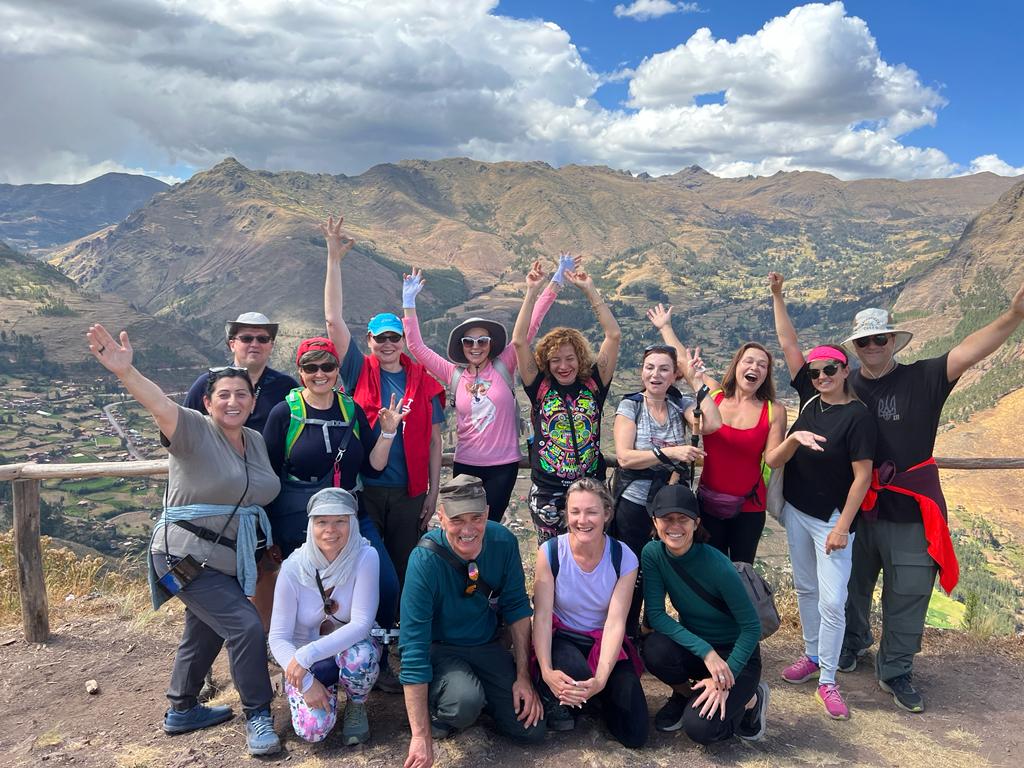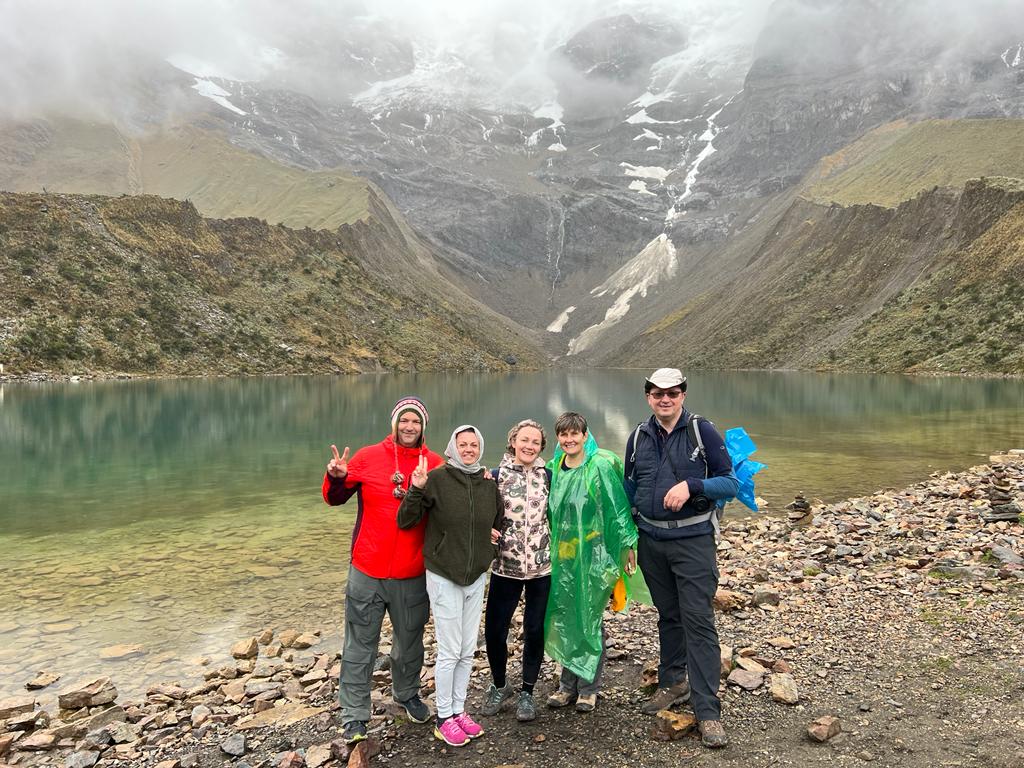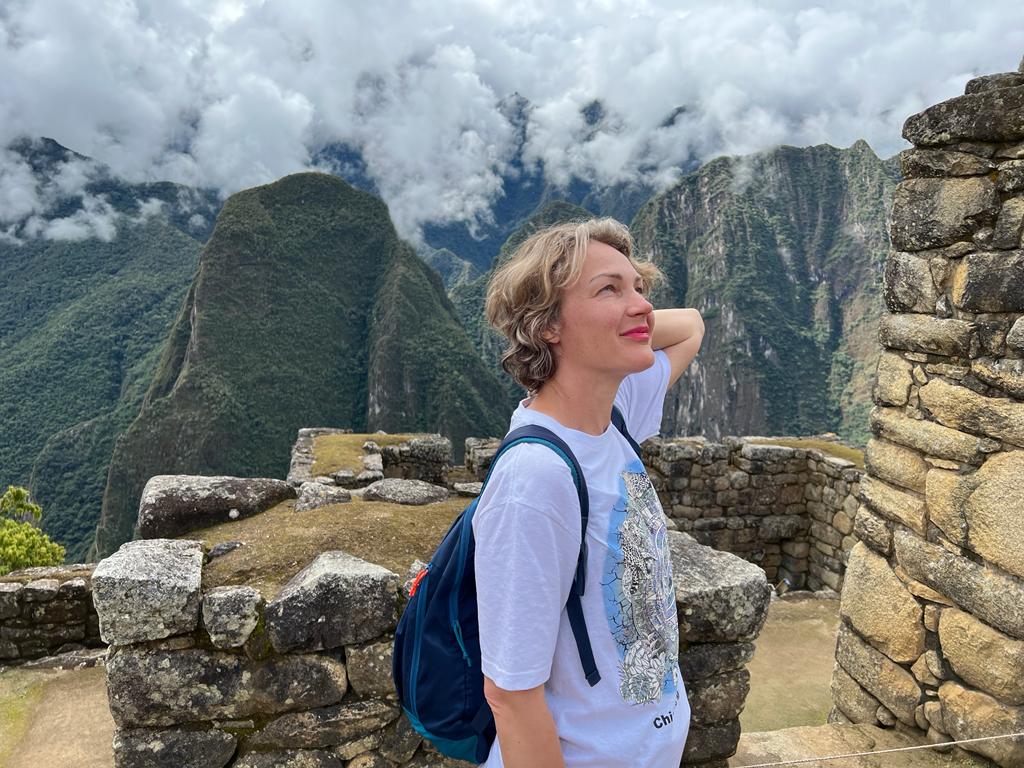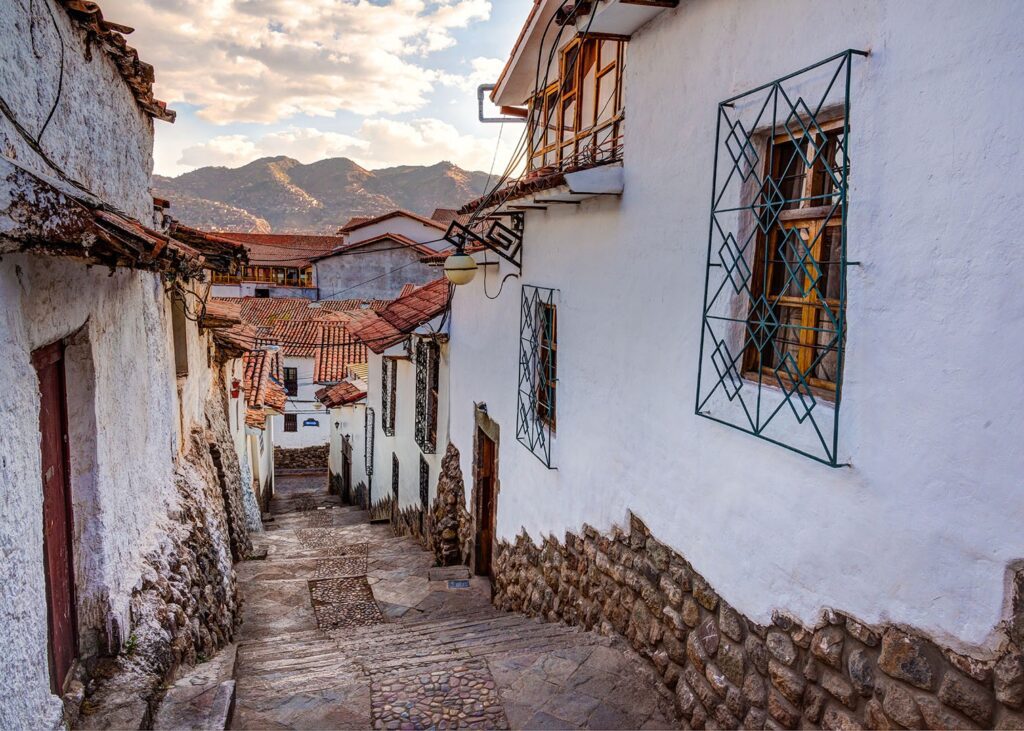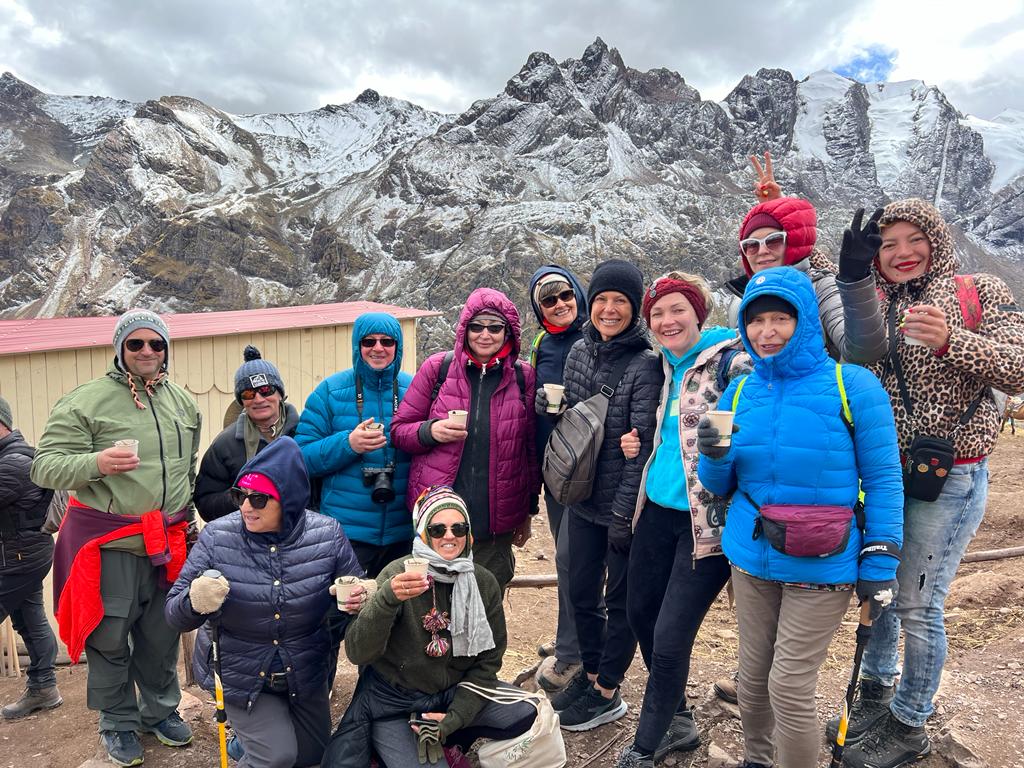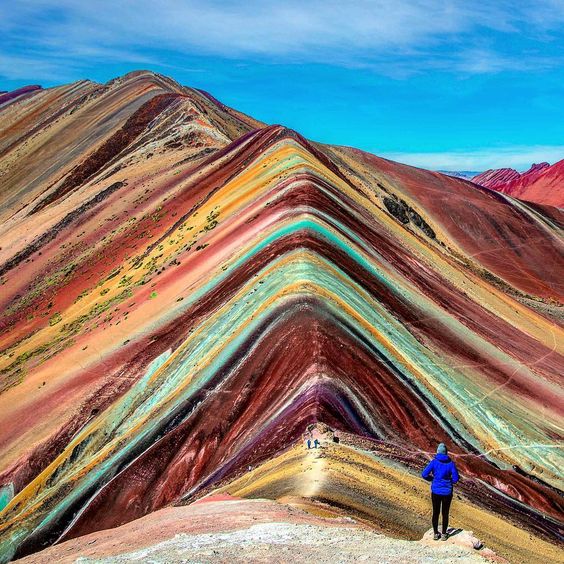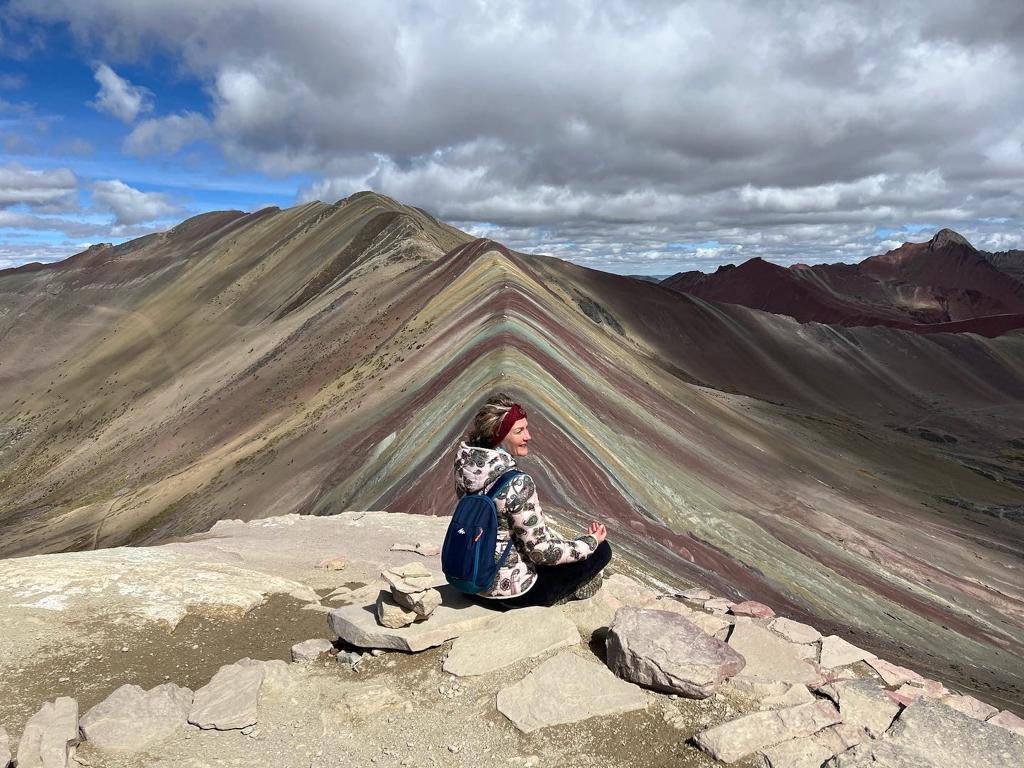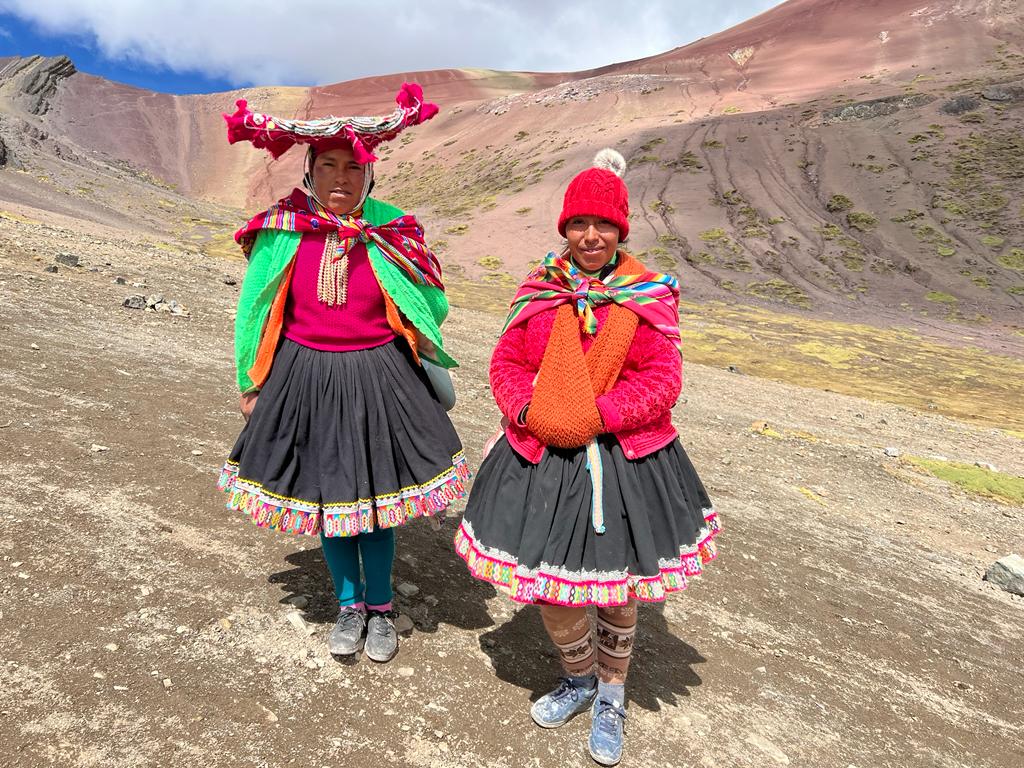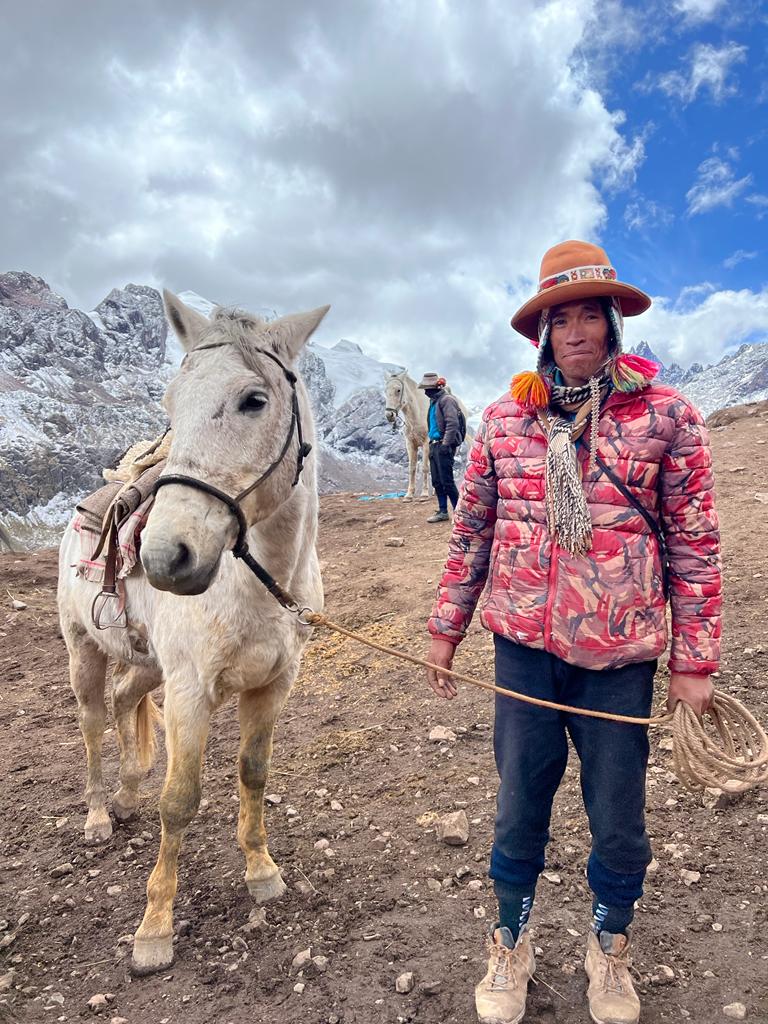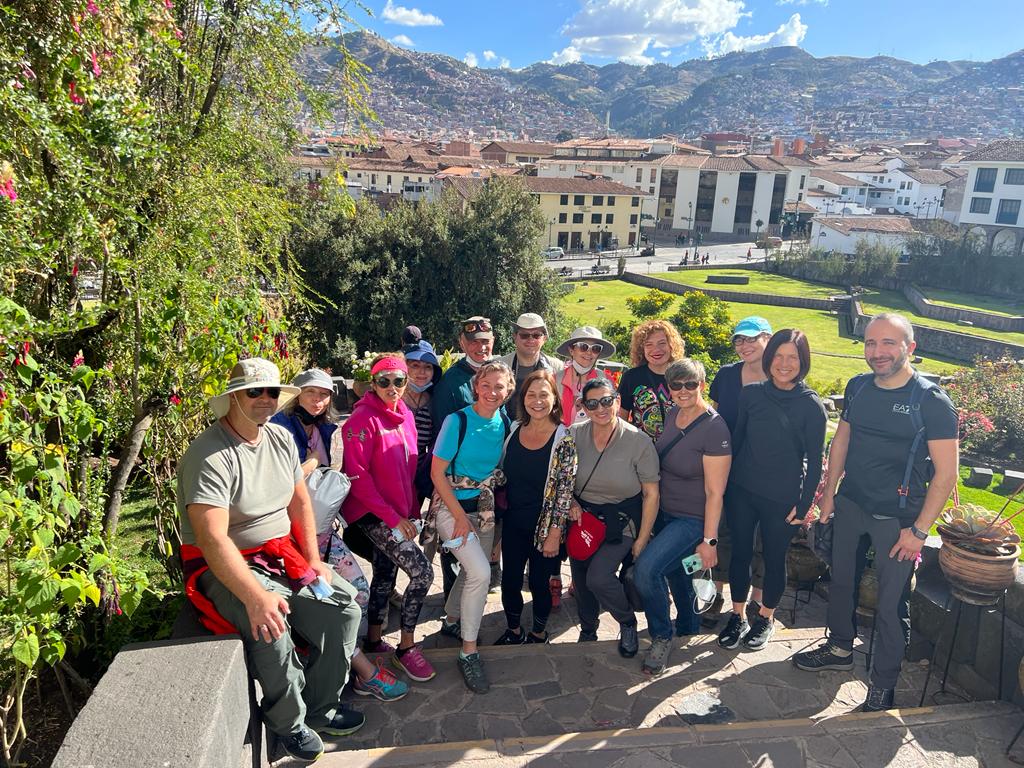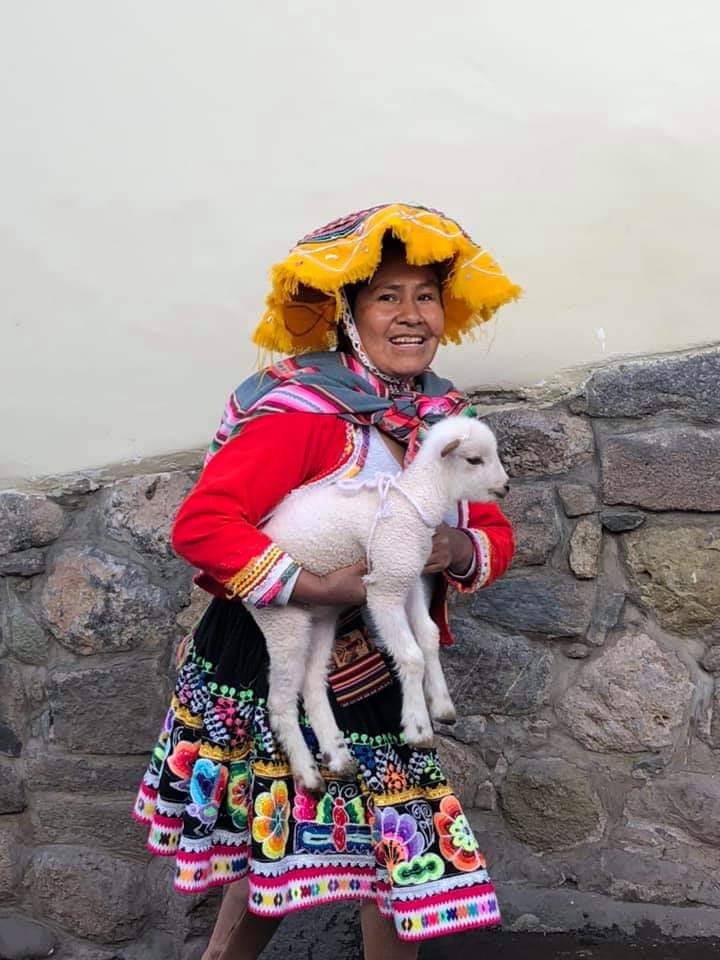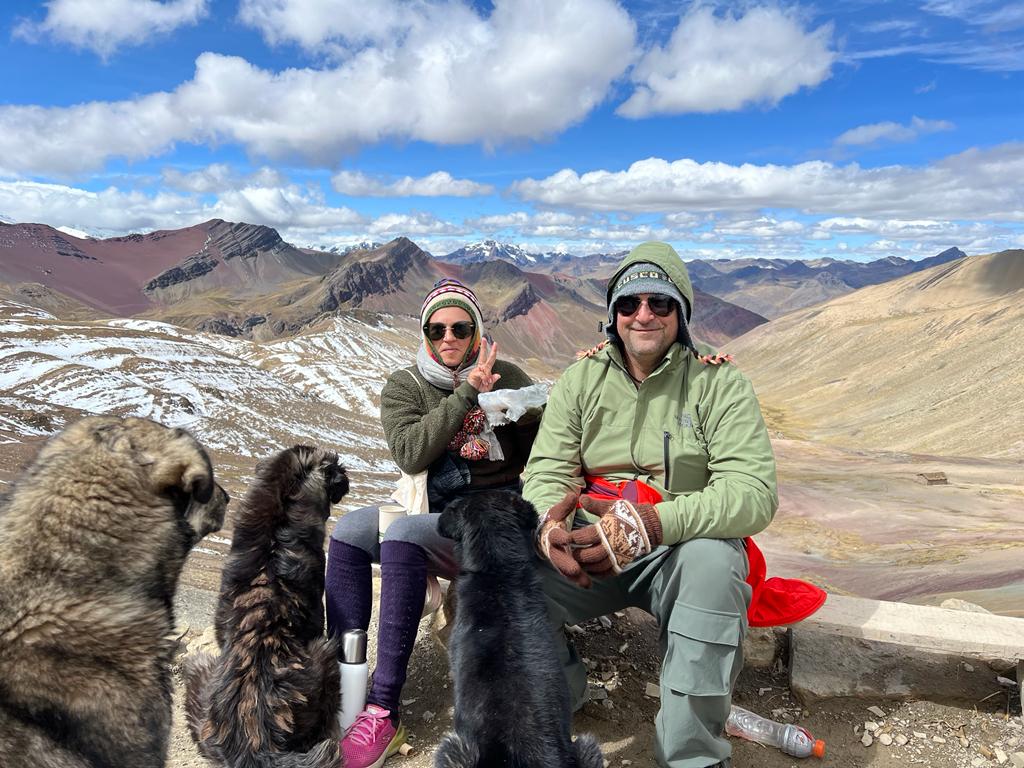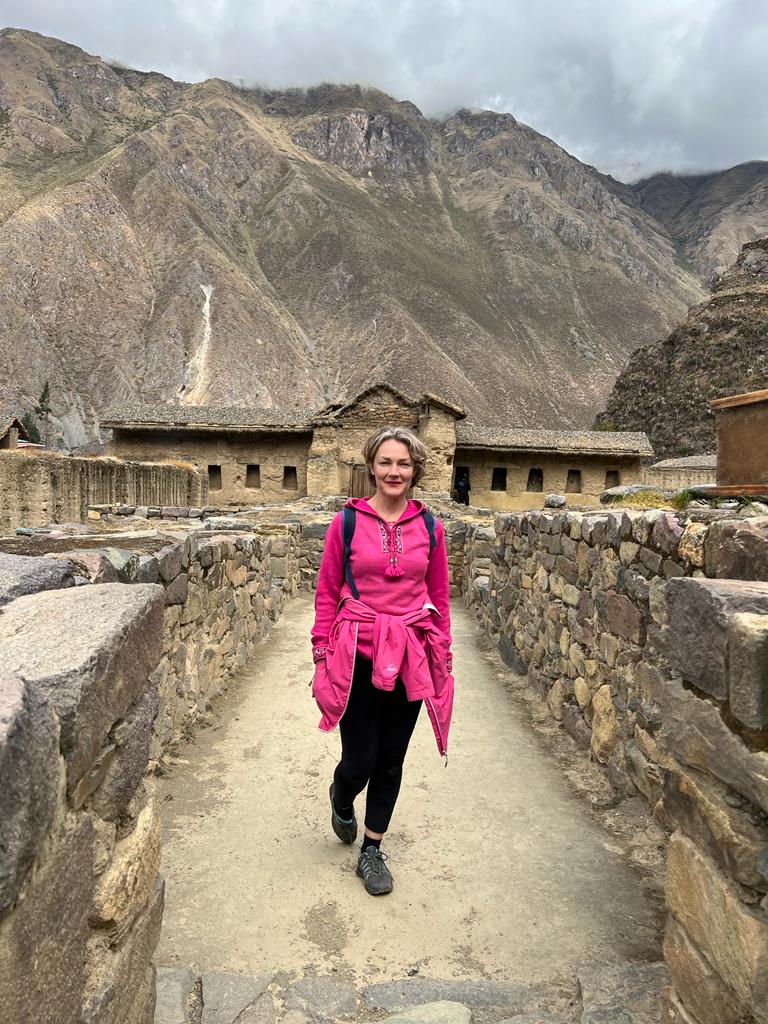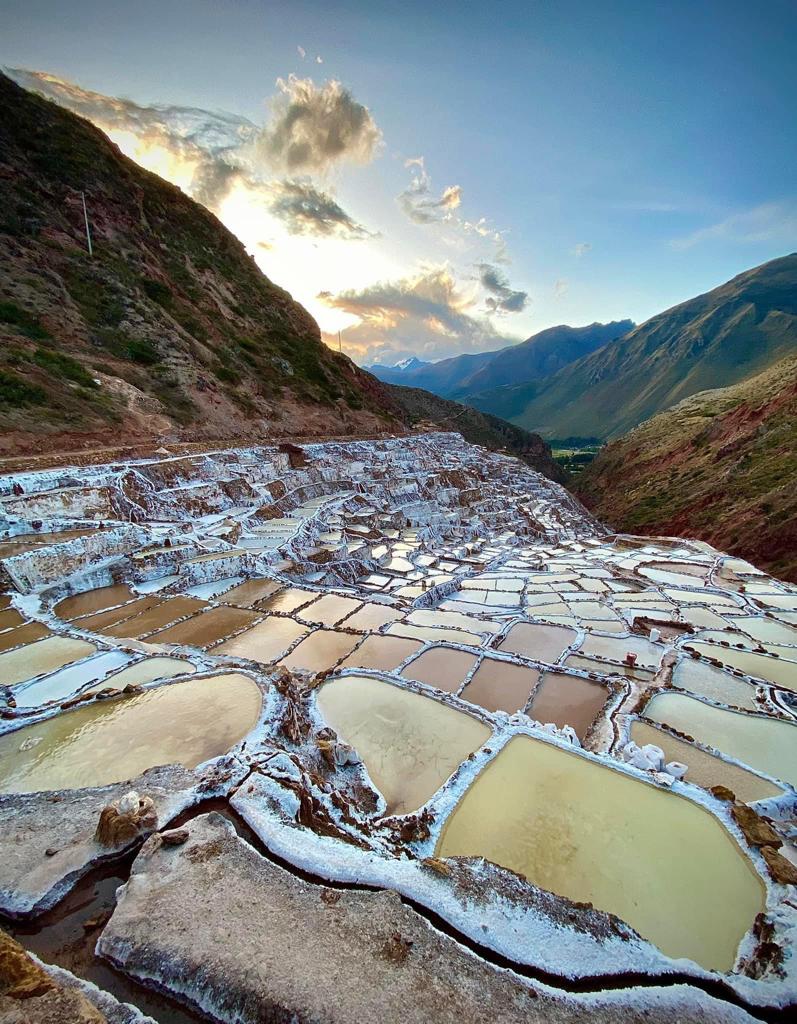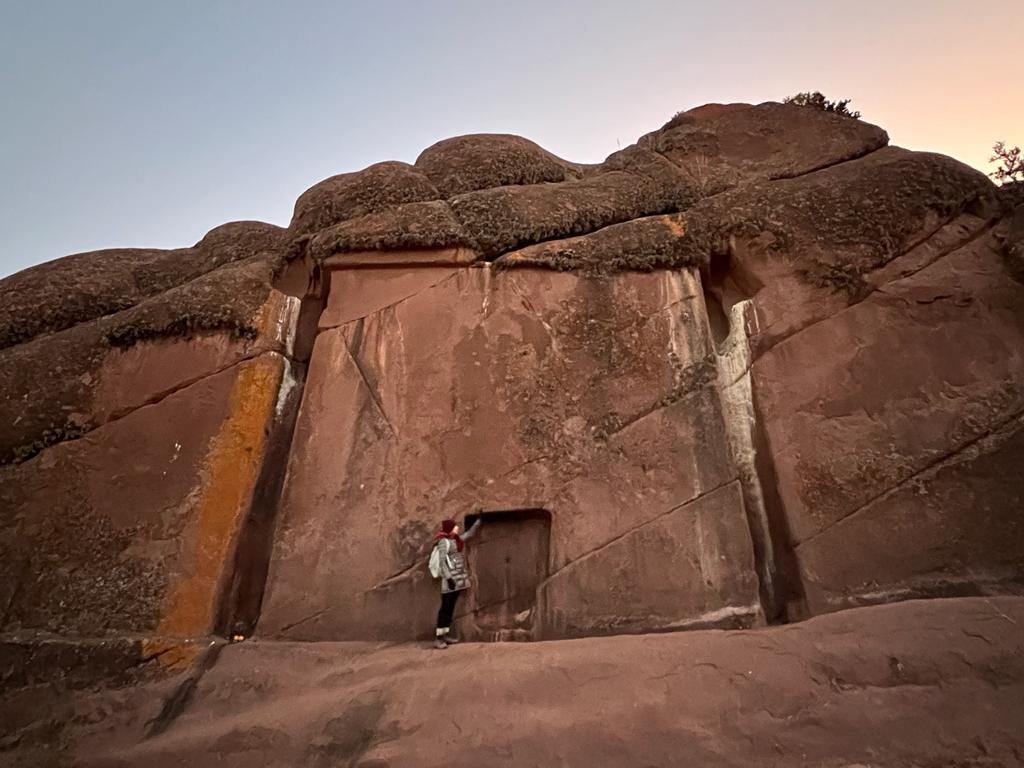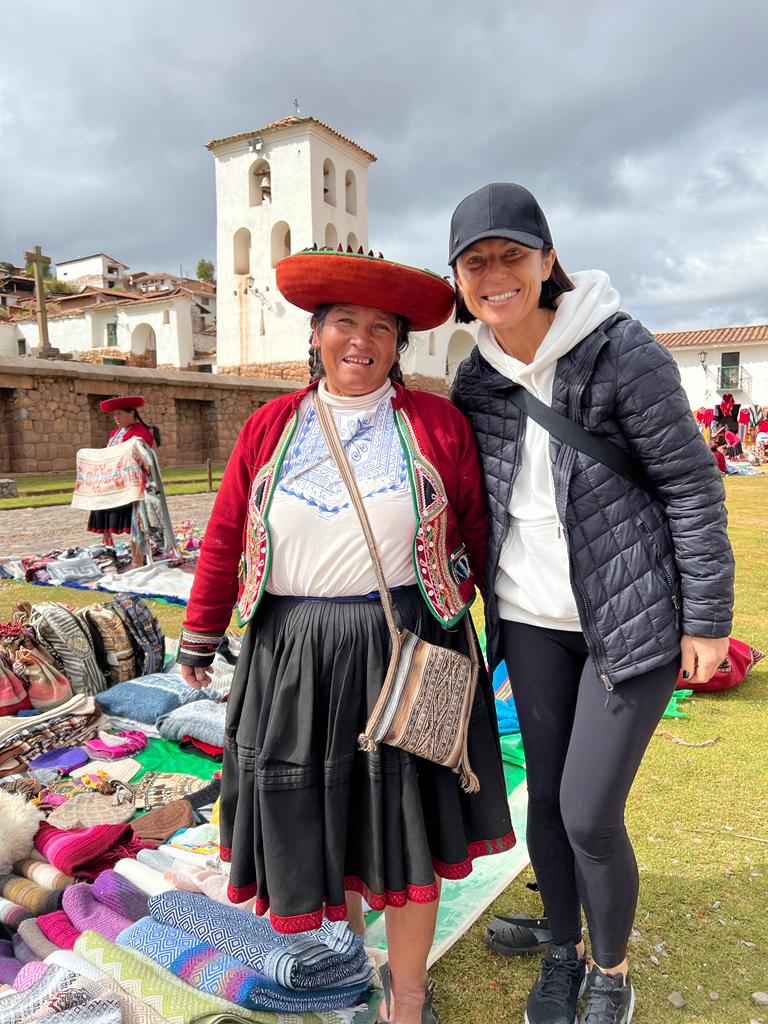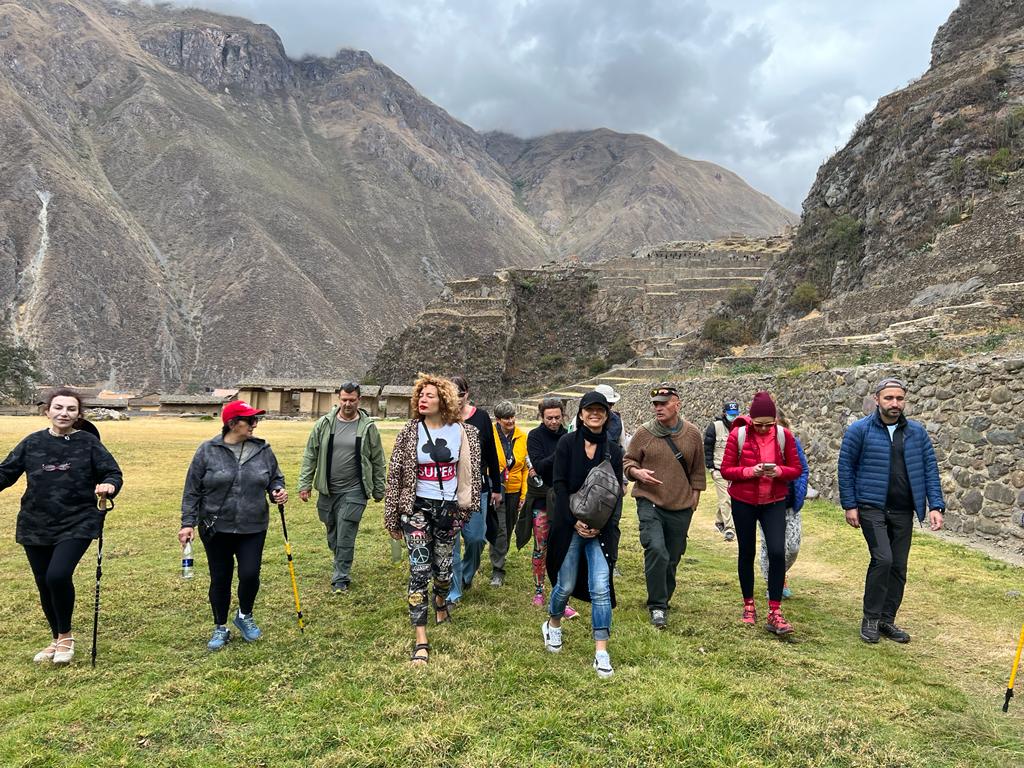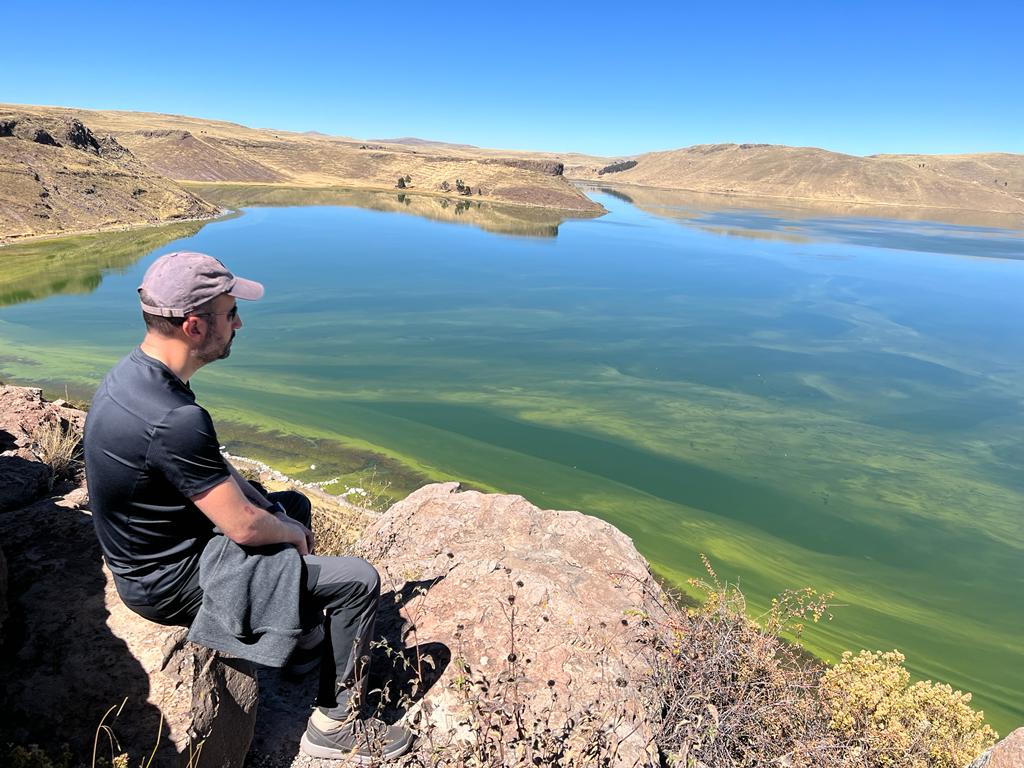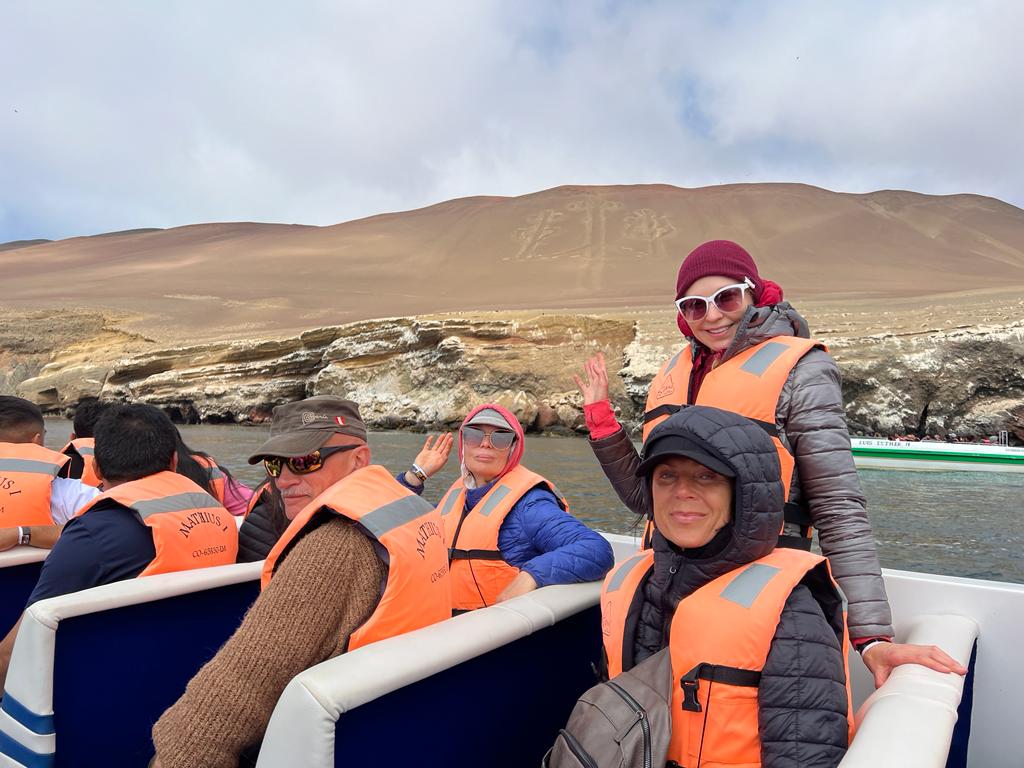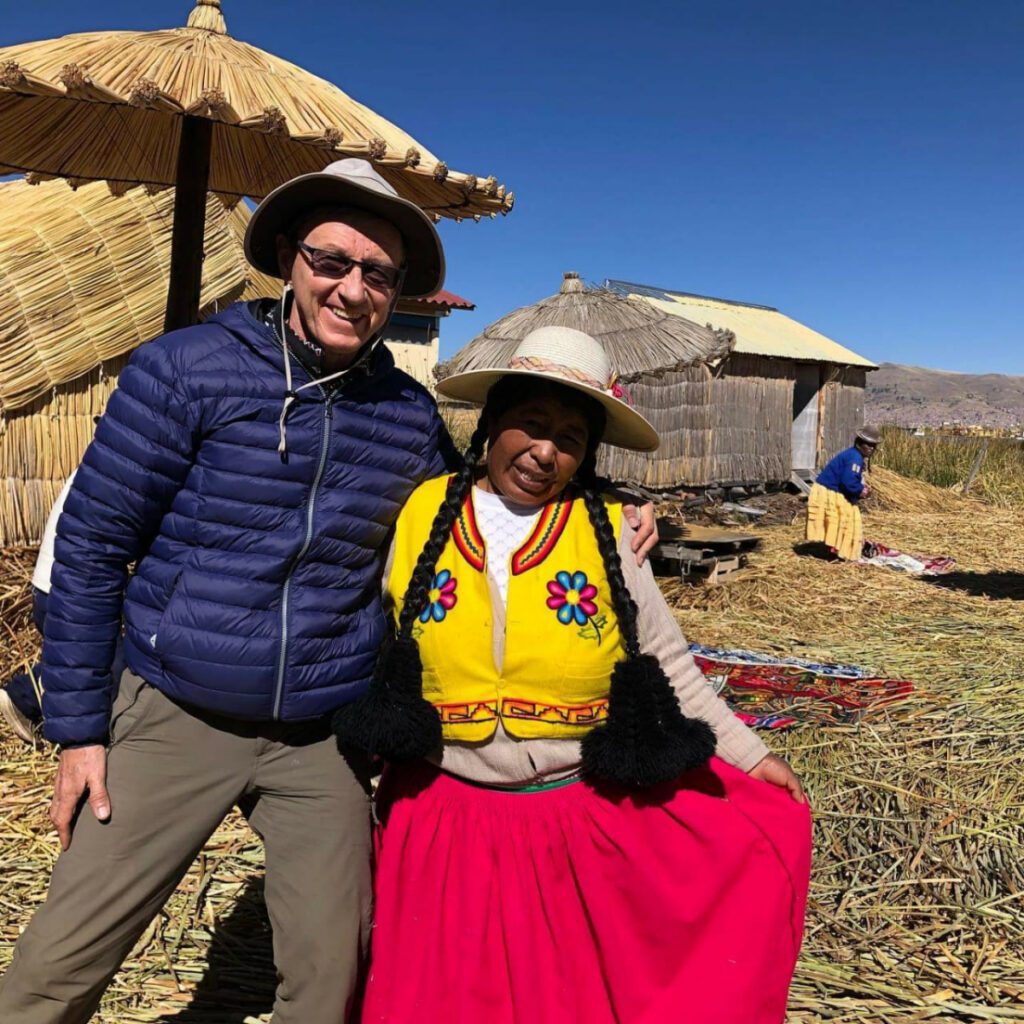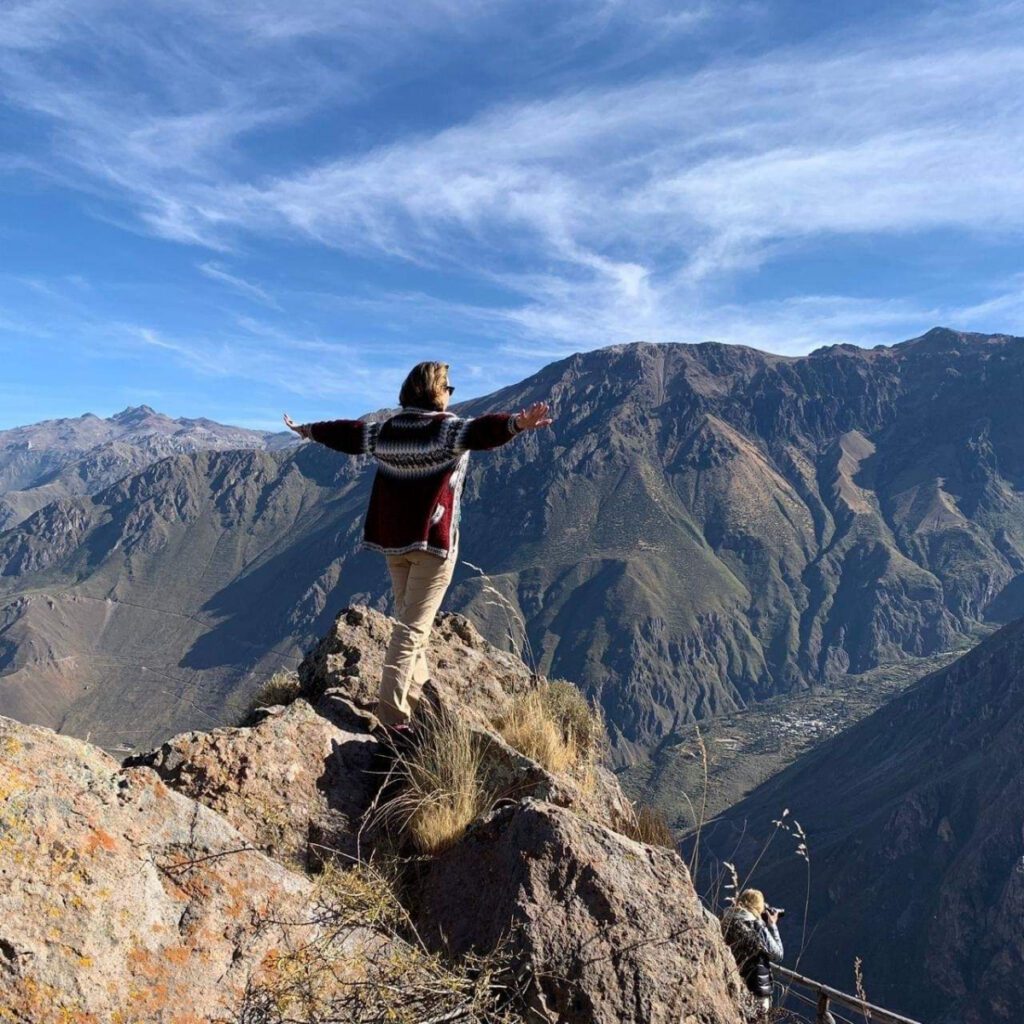Egypt tour program
Day 01 (January 2): Arrival at Cairo Airport.
Upon arrival in Cairo, you are met by an assistant with a sign ALL THE WAY inside the airport to assist with your visa and suitcases. Transfer from the airport to the hotel. Rest, get acquainted with the group. Dinner.
Overnight at the hotel in Cairo 4*.
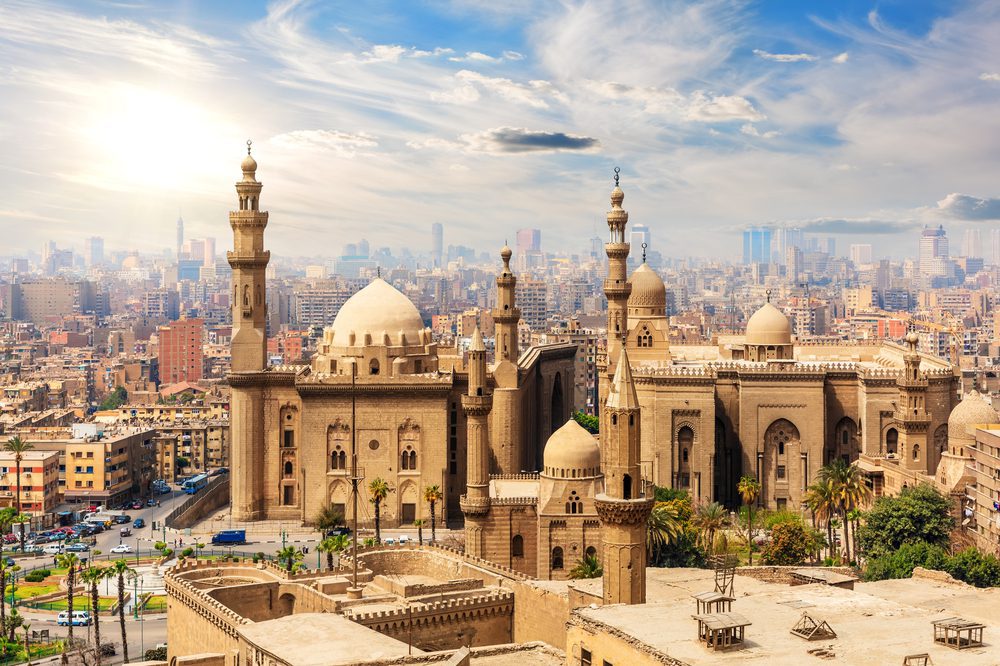
Day 02 (January 3): Day tour to Saqqara Pyramid and Red Pyramid.
After breakfast, we leave for Saqqara to see the stepped pyramid and surrounding monuments. The guide will tell a detailed story about Imhotep, the Egyptian architect who created this pyramid, and how he accomplished this important task.
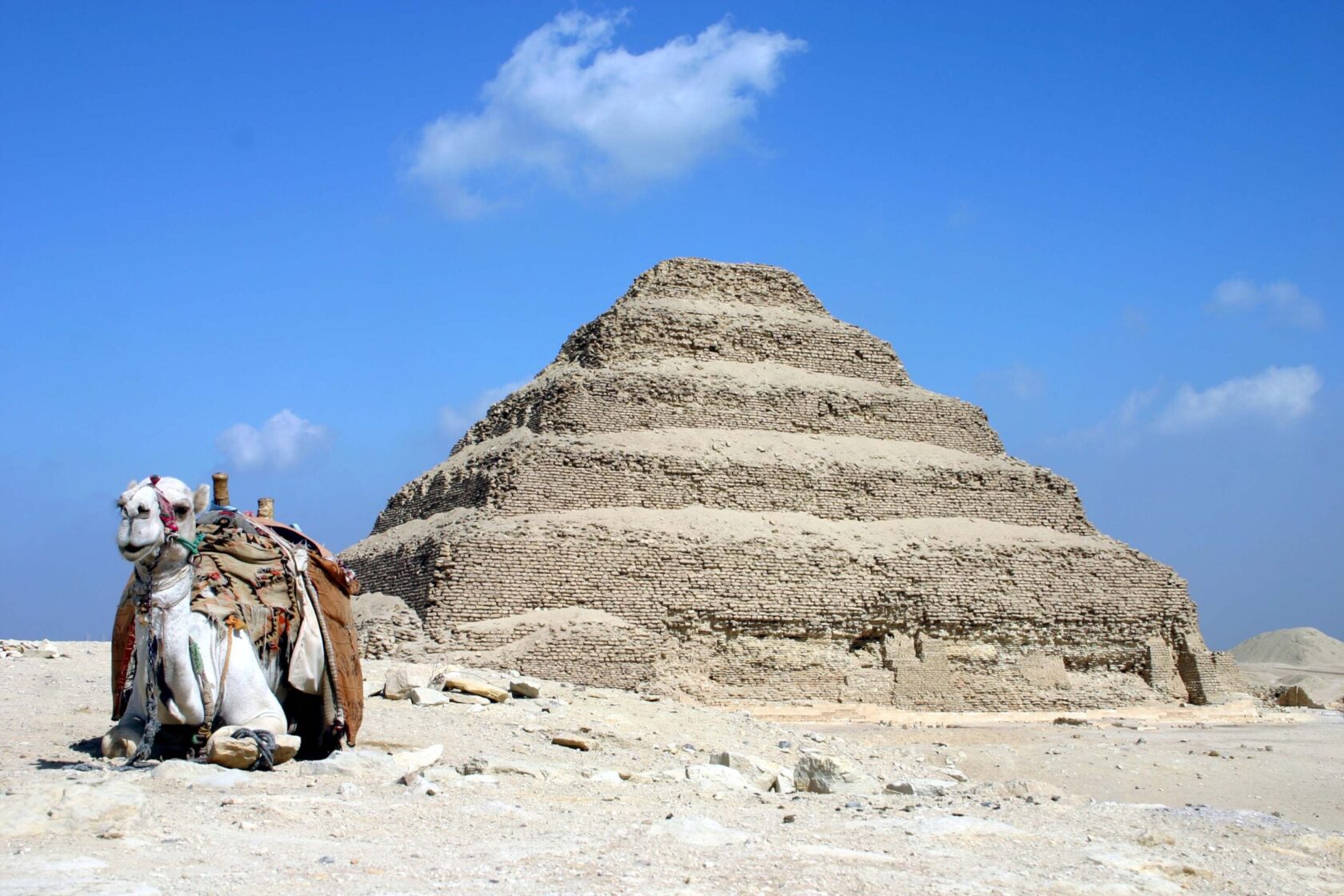
We will see the southern tomb of Djoser‘s pyramid, which recently opened after a 15-year restoration. The limestone structure that is on the surface is only the tip of the iceberg. Beneath the structure is a labyrinth of passageways cut into the rock to a depth of over 30 meters. The long corridors have false doors with engraved hieroglyphics and blue earthenware tile inlay. At the base of the central burial shaft is a massive sarcophagus made of pink granite.
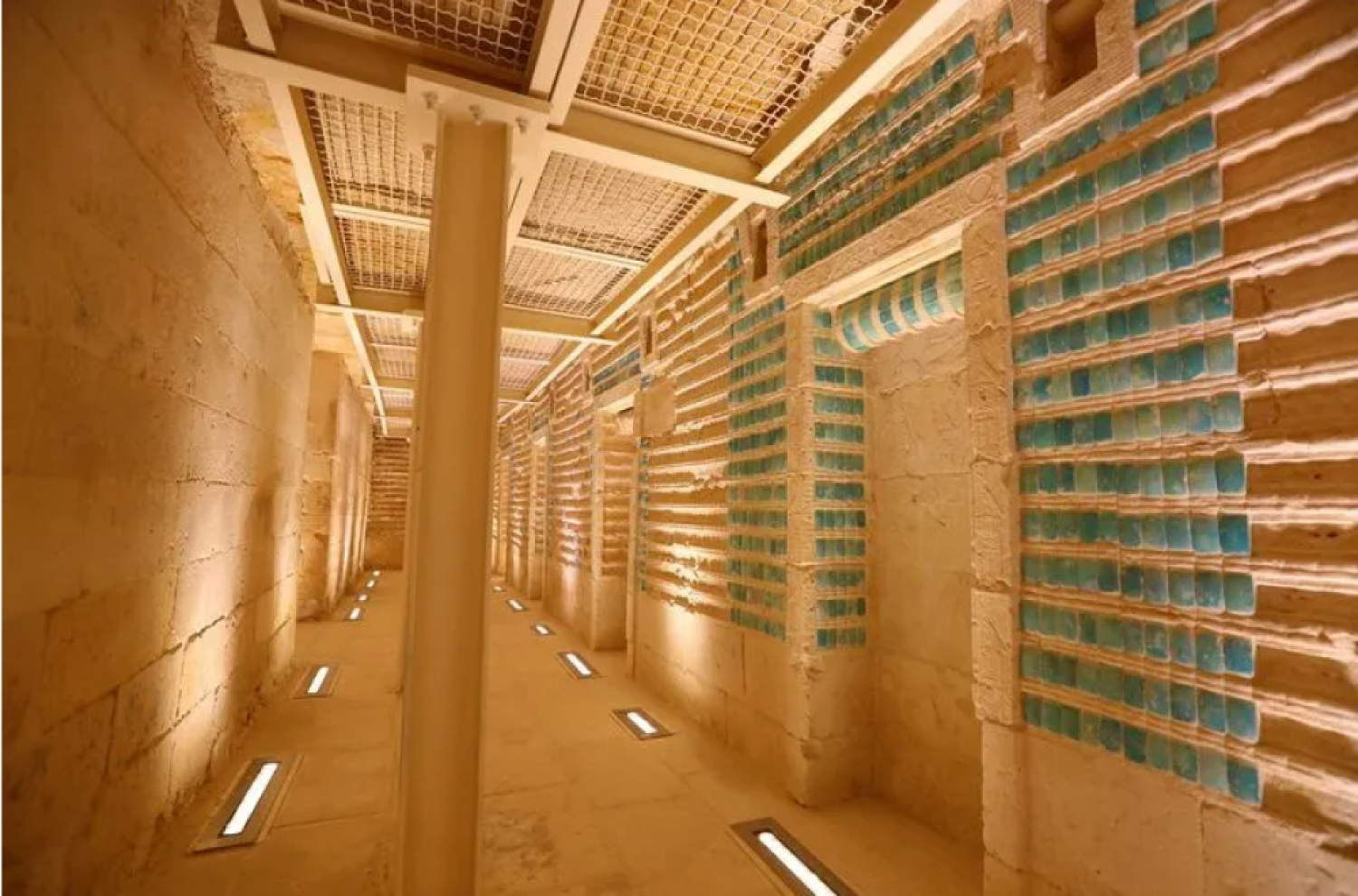
We will visit the Unas Pyramid, which is famous for its vertical columns with hieroglyphic inscriptions known as pyramid texts.
We will see the Serapeum, which is a necropolis located at Saqqara. It was supposedly intended for the burial of the sacred bulls of Apis, the earthly incarnations of the god Ptah.
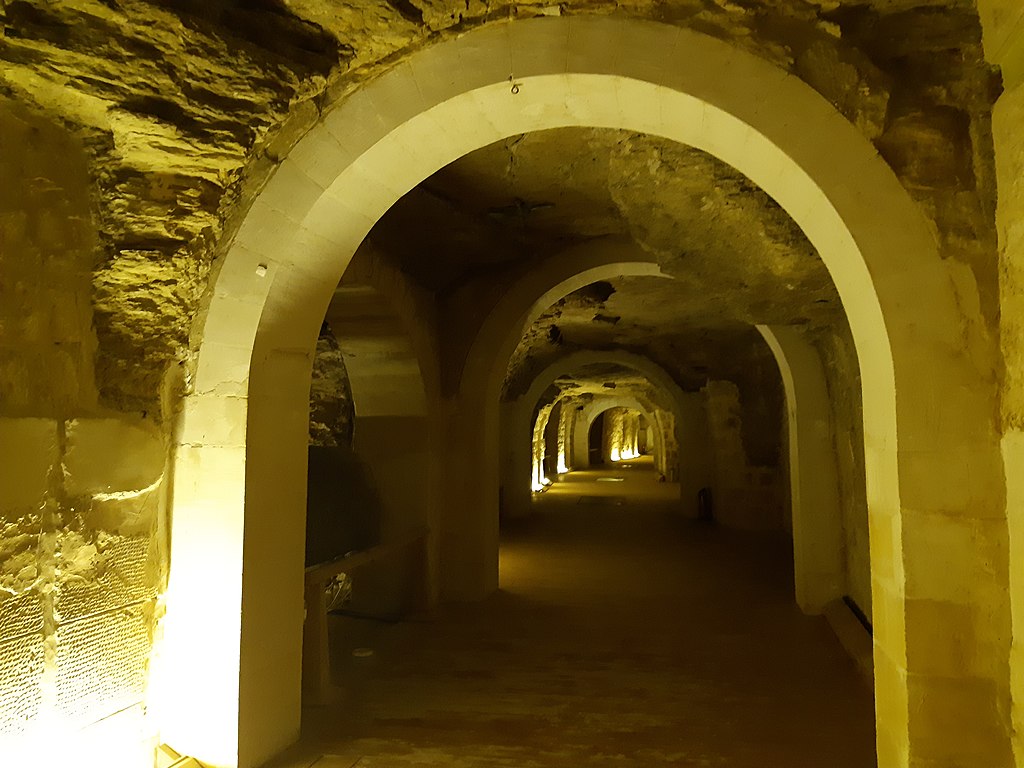
Afterwards we visit the Red Pyramid. The Red Pyramid – or the Northern Pyramid – is the largest of the three large pyramids located on the territory of the Dakhshur necropolis. The name comes from the color of the stone blocks, which turn pink in the rays of the setting sun. It is the third tallest pyramid in Egypt, after Khufu and Khafre at Giza.
We will see the Pyramid of Sound and the Bent Pyramid, one of Egypt’s famous pyramids and one of the three pyramids built by King Snefru.
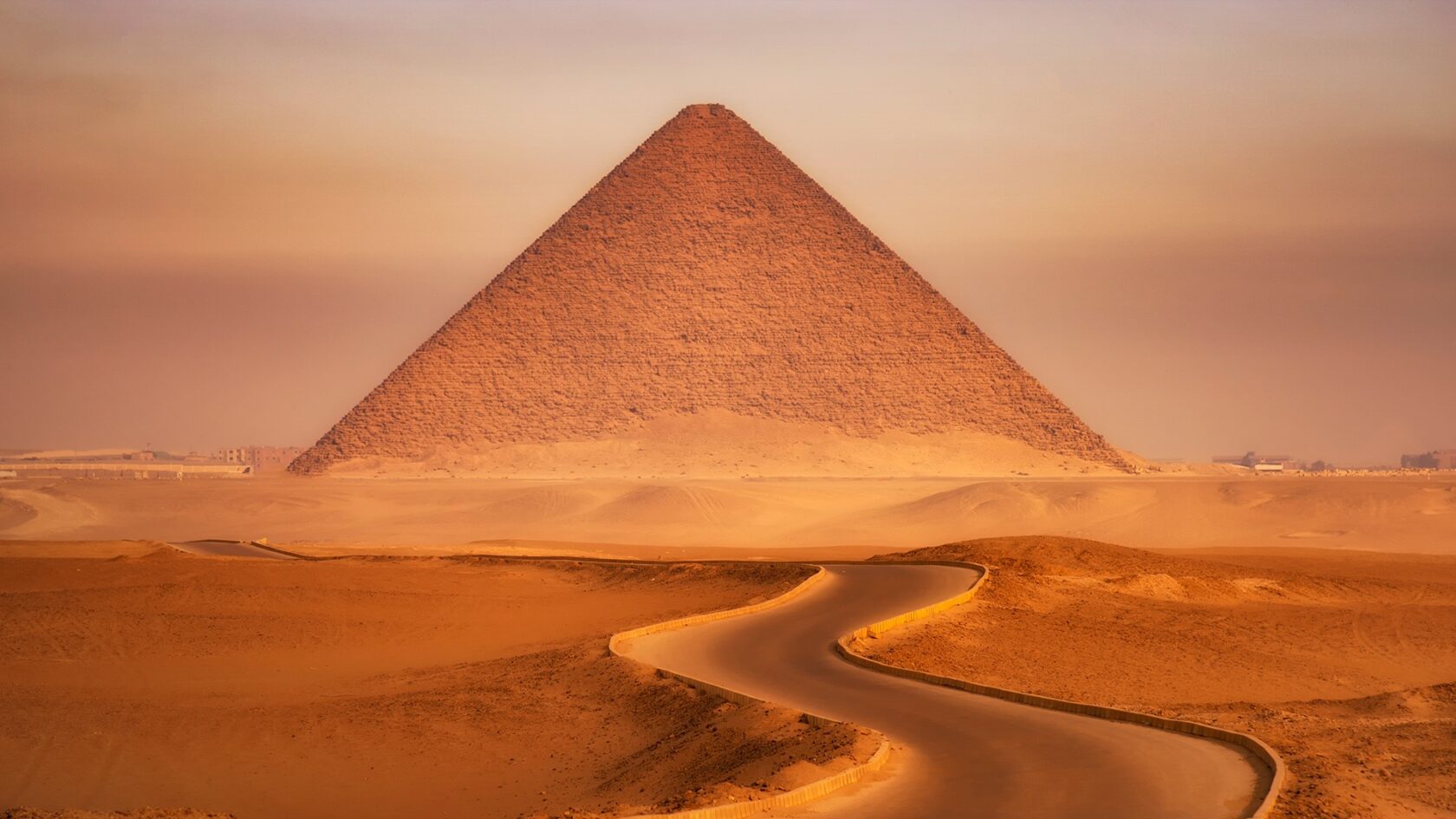
Overnight at the hotel in Cairo 4*.
Day 03 (January 4): Pyramids at Giza and the Sphinx. Cairo Museum. Flight to Luxor.
Today we will spend half a day in Giza at the legendary majestic pyramids of Cheops, Chephren and Mykerin. Let’s go inside the pyramids of Cheops and Mykerin. If you wish, you can meditate in the pyramid of Cheops in silence for 2 hours.
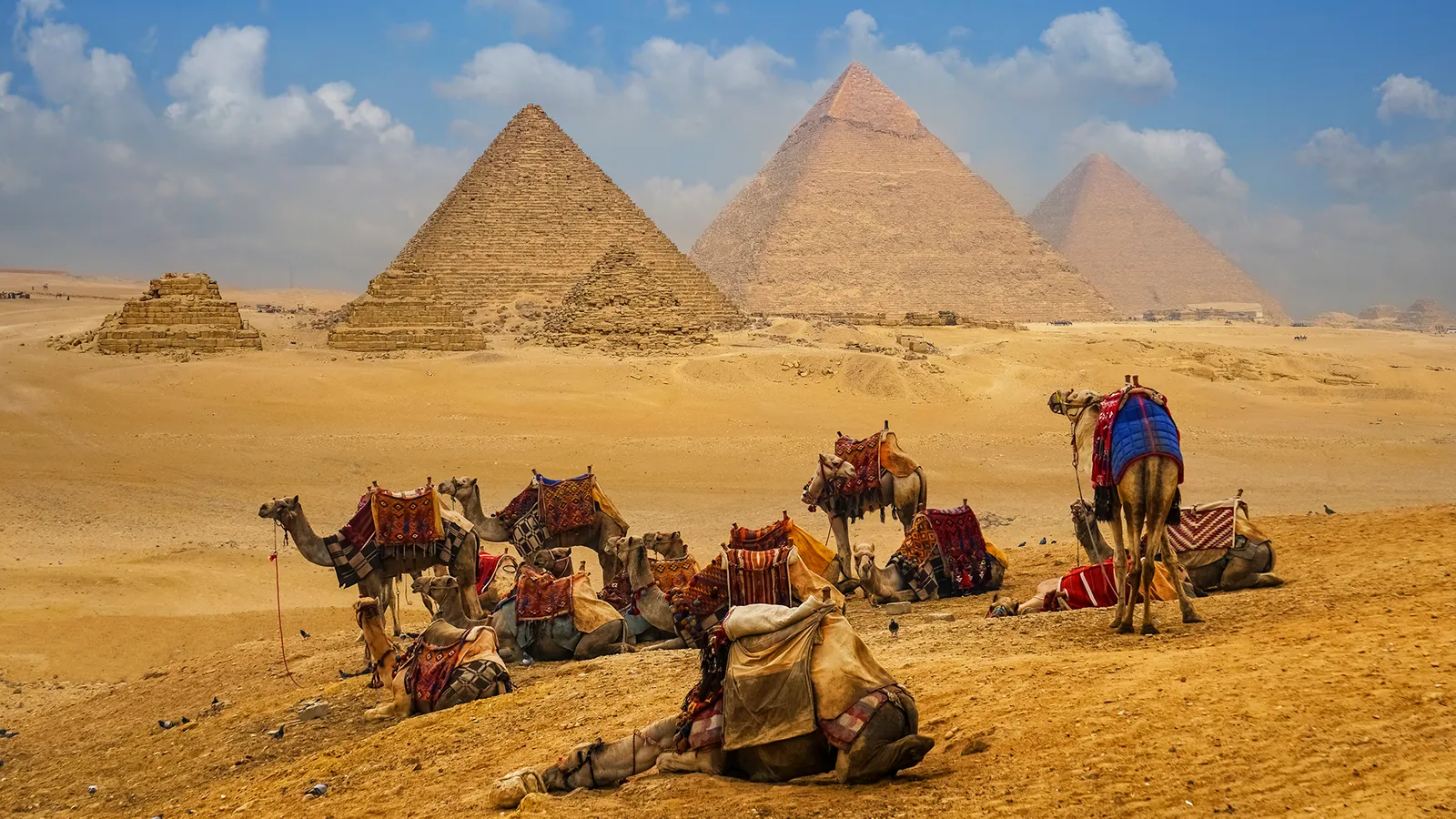
We will visit the panoramic area to take memorable photos of the three pyramids together and view the mighty Sphinx. Optionally, you can meet dawn at the paws of the Sphinx for one hour from 6 to 7.
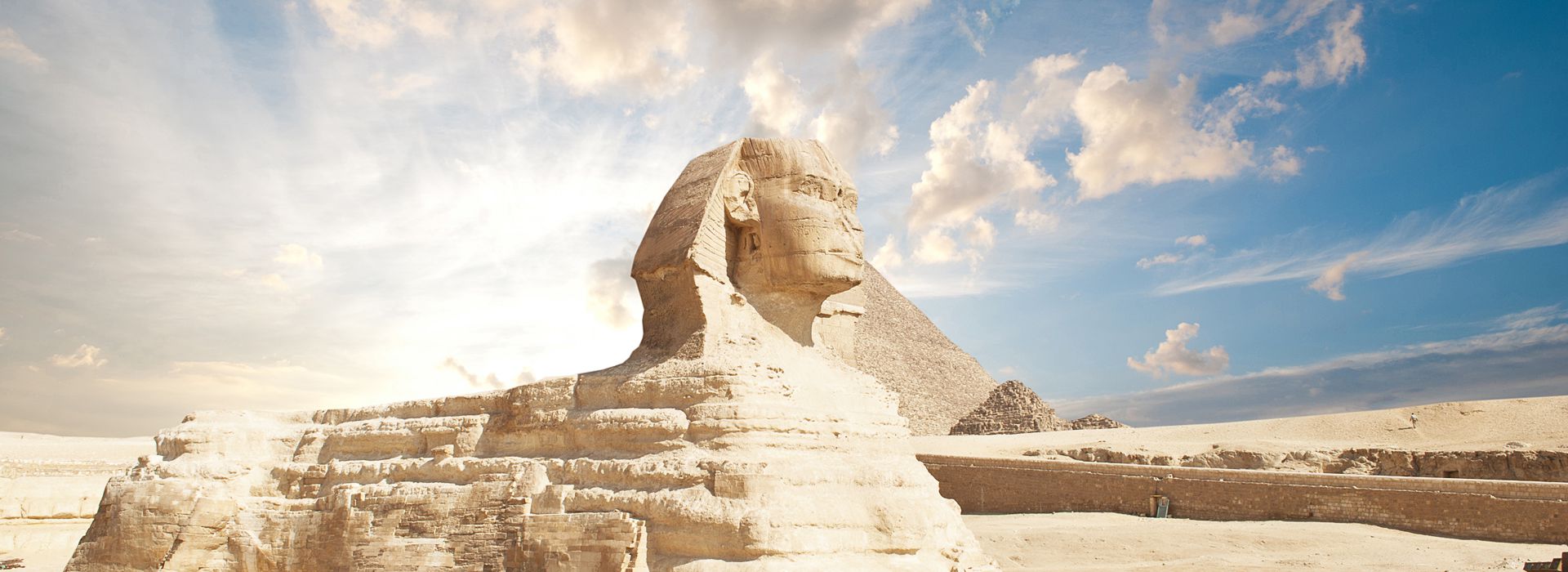
After lunch we drive to the Cairo Museum of Antiquities, which was founded in 1902 near the center of Cairo. There are collections of Egyptian artifacts in almost every country in the world, but the main and largest is here in Cairo. For a couple hours we dive into a world of sarcophagi, papyri and pharaohs. Wandering the halls with things that were used several thousand years ago is mesmerizing.
The exhibition features a rare collection of 5,000-year-old art – it is the largest and most valuable collection of Egyptian art in the world. More than 250,000 authentic artifacts are on display, including the gold and jewelry treasure of Tut-Ank-Amon, which had been in his tomb for more than 3,500 years before being discovered in the 1920s when his tomb was excavated.
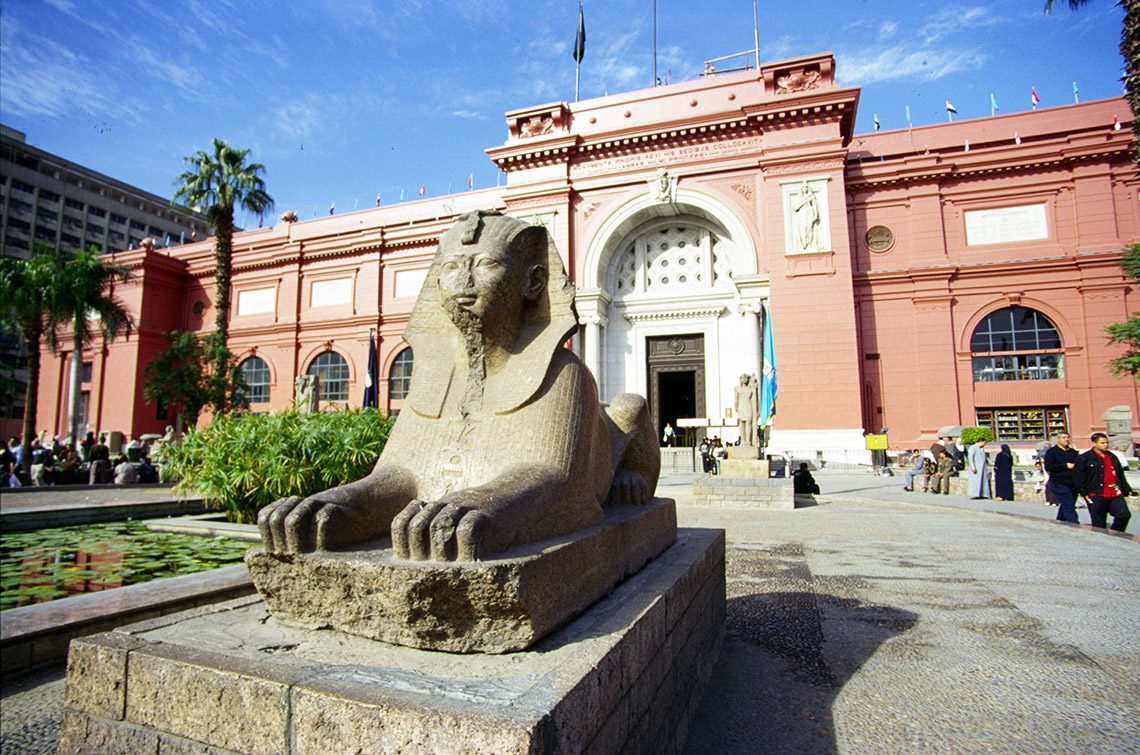
In the evening we fly to ancient Luxor and spend the night there. The name “Luxor” was given to the city by the Arabs. It comes from “El Uxur”, which means “the palaces”.
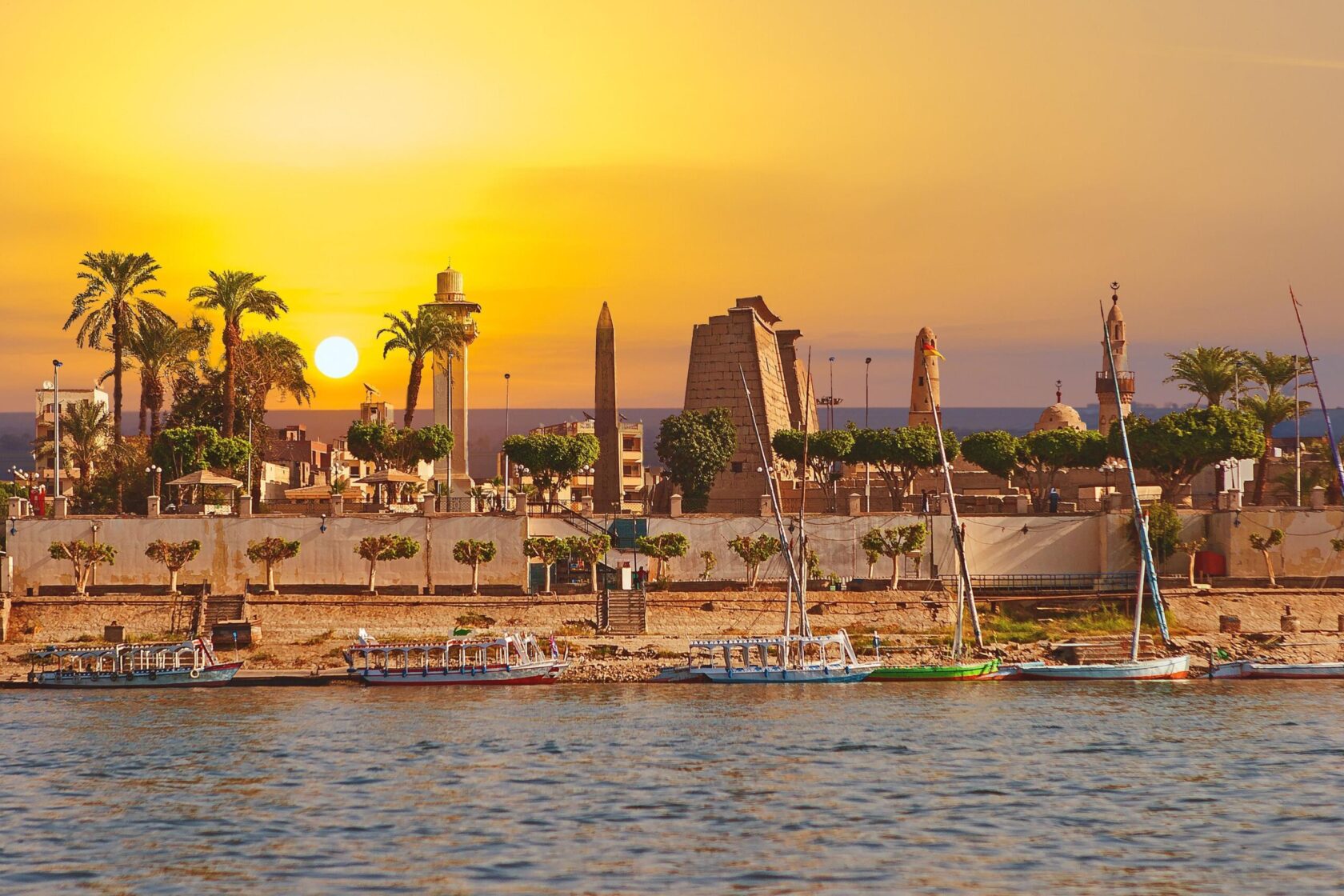
Overnight in Luxor in a 4* hotel.
Day 04 (January 5): Visit the Karnak temple complex. Luxor Temple. A walk along the Nile.
After an early breakfast, we drive to Karnak Temple – known to the ancient Egyptians as Ipet Isut – the most revered of the ancient sites. Karnak was built on a gigantic scale. The temple complex covers a hundred acres. The Karnak Temple was a house of light dedicated to Amon-Ra. Legend has it that in ancient times, the stone Ipet Sout – “Mother of the Universe” – was kept in the Temple. There is still an ancient altar named after it, and through it runs the solar axis of the Temple, which begins with the alley of the Sphinxes. According to legend, the stone was brought to Egypt from Atlantis, then it was transported to the Himalayas, to the country of Shambhala. In sacred Tibetan texts, the stone is referred to as the “Treasure of the World”. Tibetans say that the mystical power of the stone connects three points of the world – three mountains: Kanchenjunga, Kailas and Belukha, united into a single space – the World Mandala.
If you quietly separate from the group of tourists, it is possible to meet the current abbot of the Karnak temple. He has a large bunch of keys with him, which he uses to open the locks on the doors and bars and we walk inside the fences and walls into rooms with unusual space and energy.
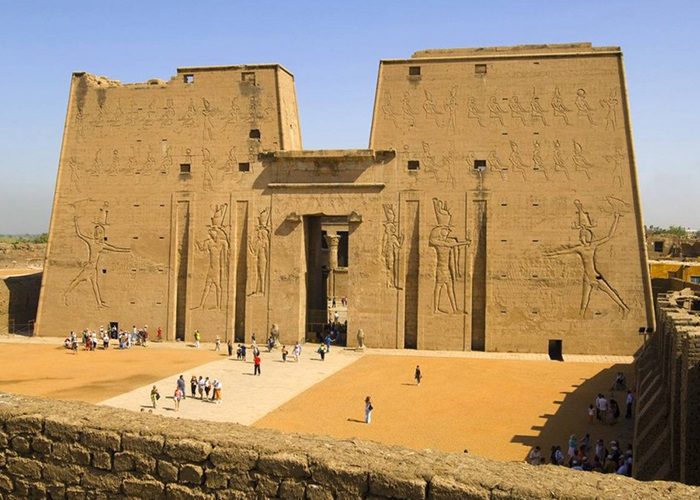
At the Karnak temple we will see the temple of Sekhmet and the temple of the Moon, the sanctuary of Osiris and the 7 gates, the altar of Amon Ra and the alley of sphinxes.
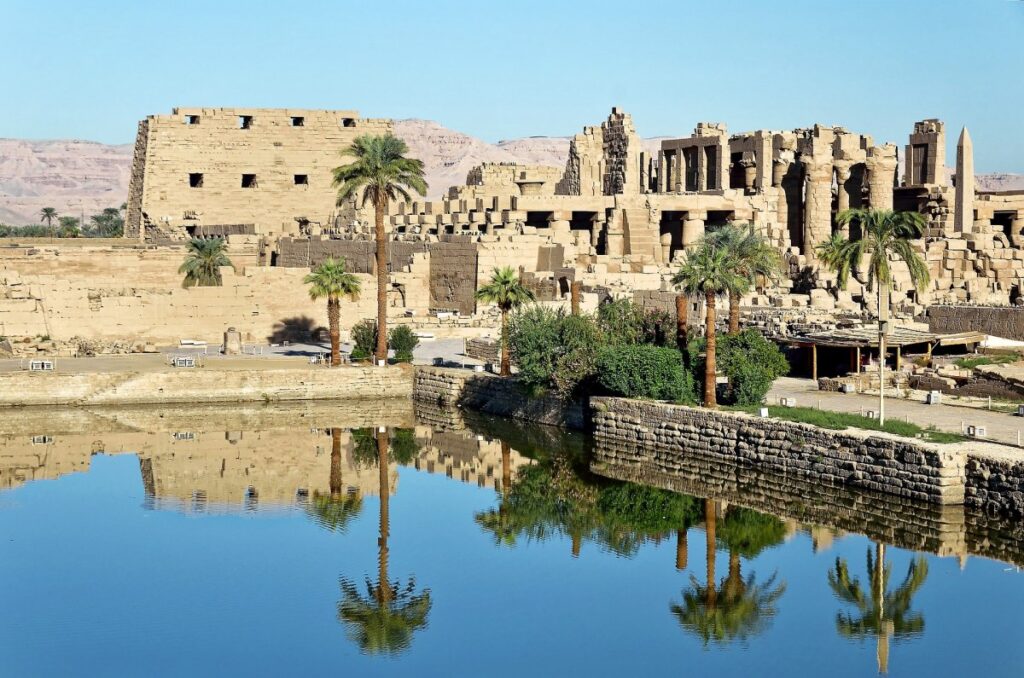
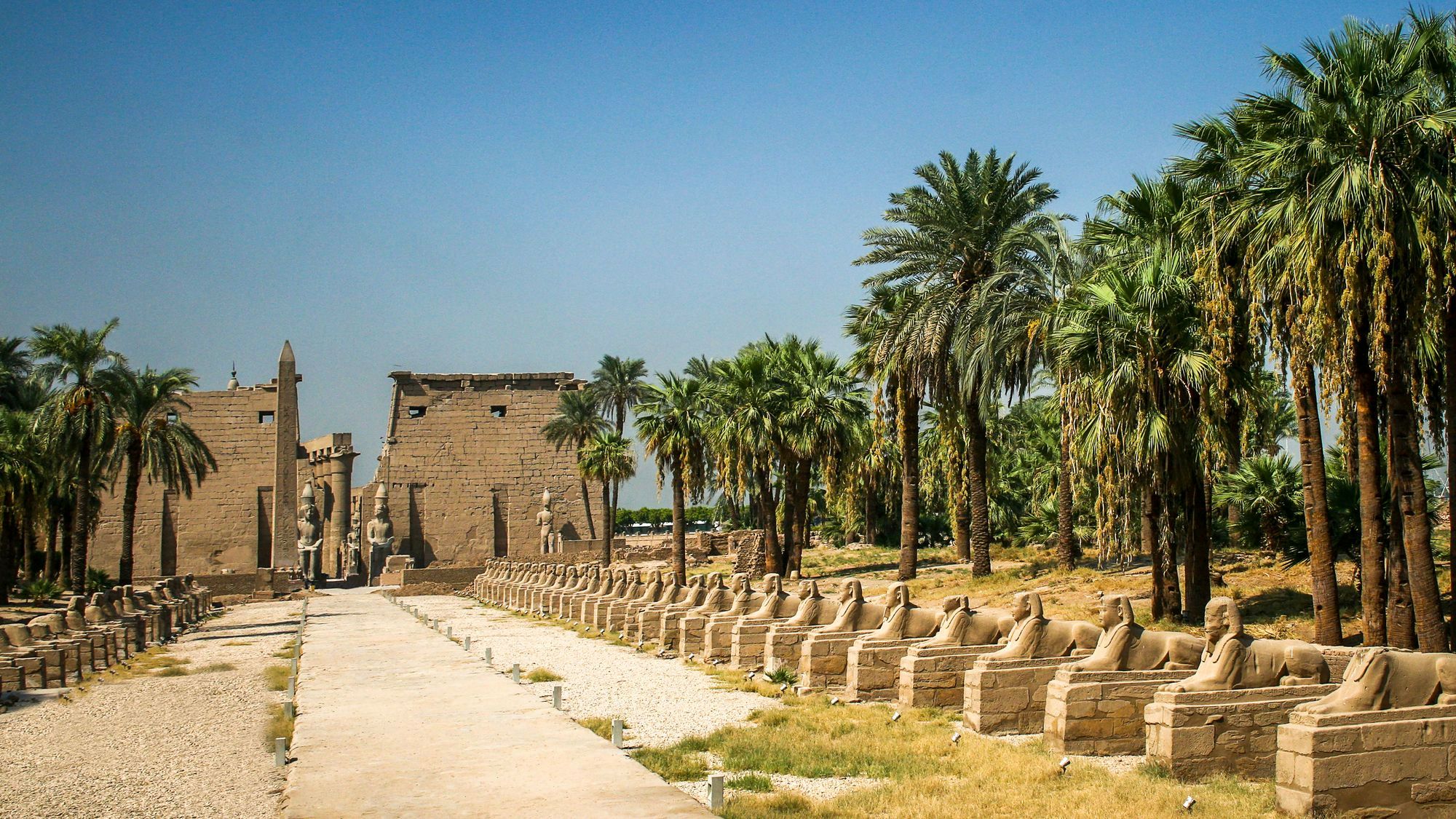
After lunch we will visit the Luxor Temple, which is located near the Nile and parallel to the river bank. King Amenhotep III, who ruled from 1390-53 BC, built this beautiful temple and dedicated it to Amon-Ra, king of the gods, his consort Mut and their son Khonsu.
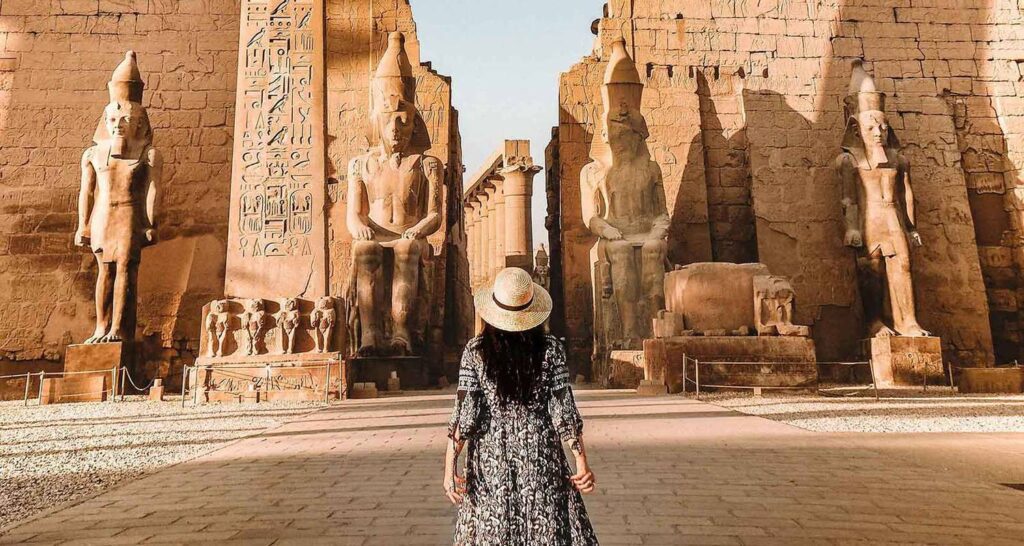
In the evening, go for a walk along the banks of the Nile for scenic views.
 Overnight in Luxor in a 4* hotel.
Overnight in Luxor in a 4* hotel.
Day 05 (January 6): Temple of Dendera (Hathor) and Temple of Abydos.
After breakfast, arrive in the small town of Dendera, located about 60 km north of Luxor on the west bank of the Nile, and visit the Temple of Hathor.
The Temple of Hathor is one of the strongest energy points in the world. This temple is one of the best preserved in all of Egypt, as well as one of the most important. The temple is built in the form of a magical musical instrument – sistra, thanks to the vibration of which negative energies are dispersed and positive energies are attracted. Two rooms are preserved on the roof of the temple, the first room has the Dendera Zodiac on the ceiling and the second room has depictions of scenes from the life, death and resurrection of Osiris, the father of Horus. The roof of the temple resembles a landing pad for aircraft. It is a flat rectangular site reinforced with at least three layers of limestone blocks weighing dozens of tons, and underpinning columns.
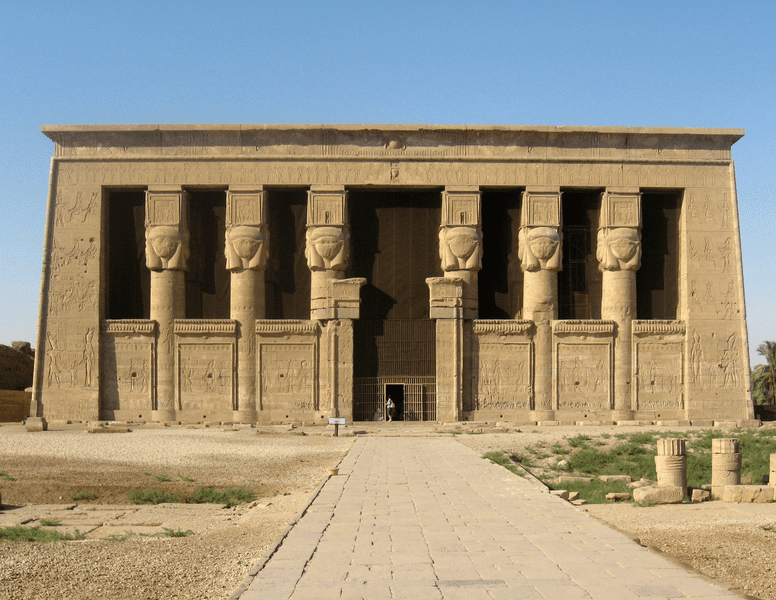
The next step is a visit to the Temple of Abydos, where an ancient image of the flower of life has been preserved. The temple was built by Pharaoh Seti I and completed by Ramesses II. Abydos was to the ancient Egyptians what Jerusalem was to Christians or Mecca to Muslims. They believed that the tomb of Osiris was located there. After his death at the hands of the treacherous Seth, Osiris became a god – the ruler of the afterlife.
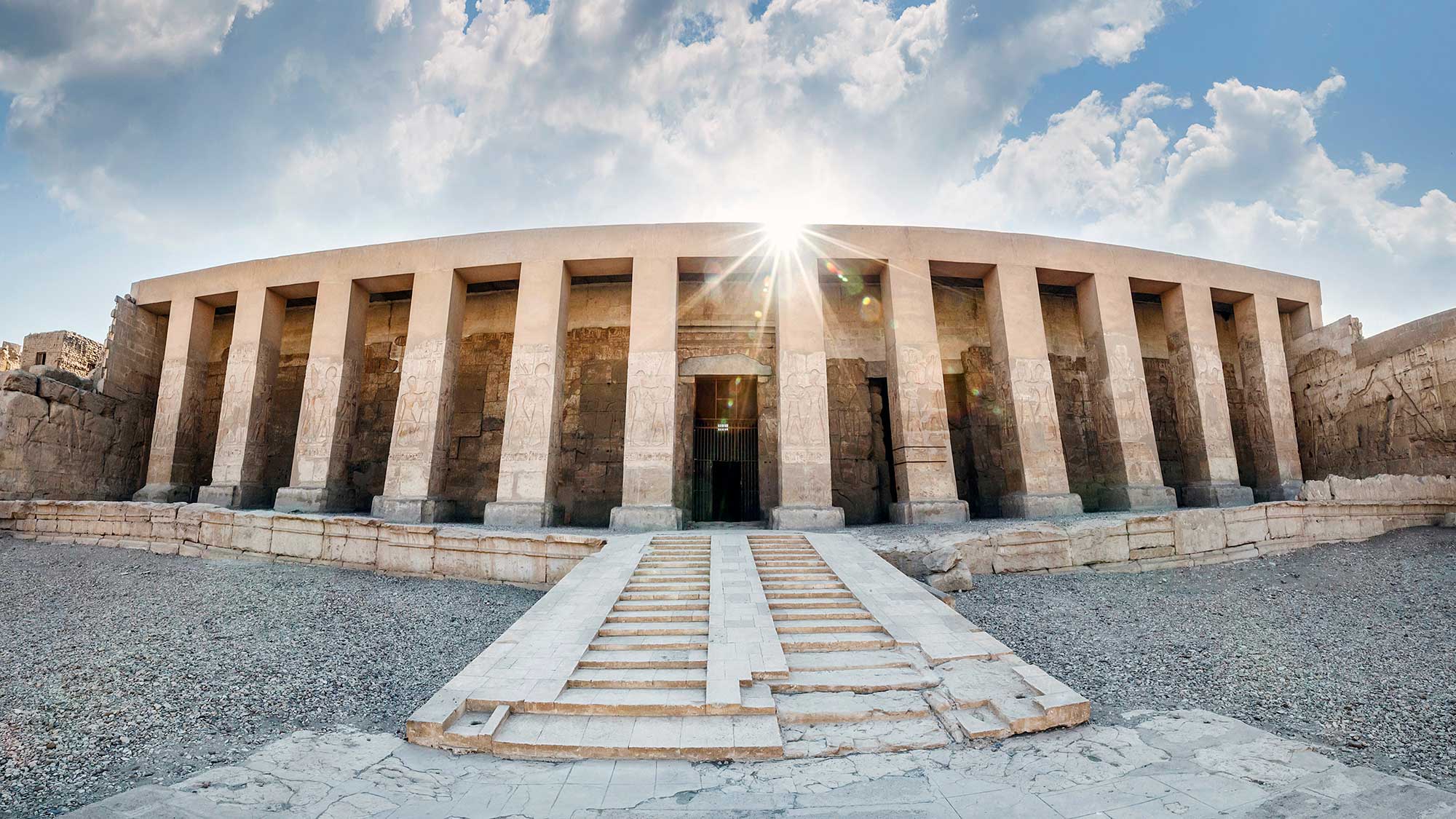
If you wish, you can visit Osirion – a structure of giant monoliths, a megalithic building 8-17 meters below the level of the temple, adjacent to the western wall of the temple of Seti I in Abydos (the place where the flower of life is painted).
Overnight in Luxor in a 4* hotel.
Day 06 (January 7): Valley of the Kings. Colossi of Memnon. Temple of Hatshepsut.
The day begins on the West Bank of the Nile with an excursion to the Valley of the Kings. The ancient Egyptians left behind many unsolved mysteries, some of which are still preserved in the Valley of the Kings. Its tombs have been the center of attention of archaeologists and tourists for centuries. This magical place, embodying the grandeur of Egyptian civilization, has been beckoning tourists for years. To date, archaeologists have discovered 63 tombs in the Valley of the Kings, with the latest discovery being made relatively recently – in 2006.
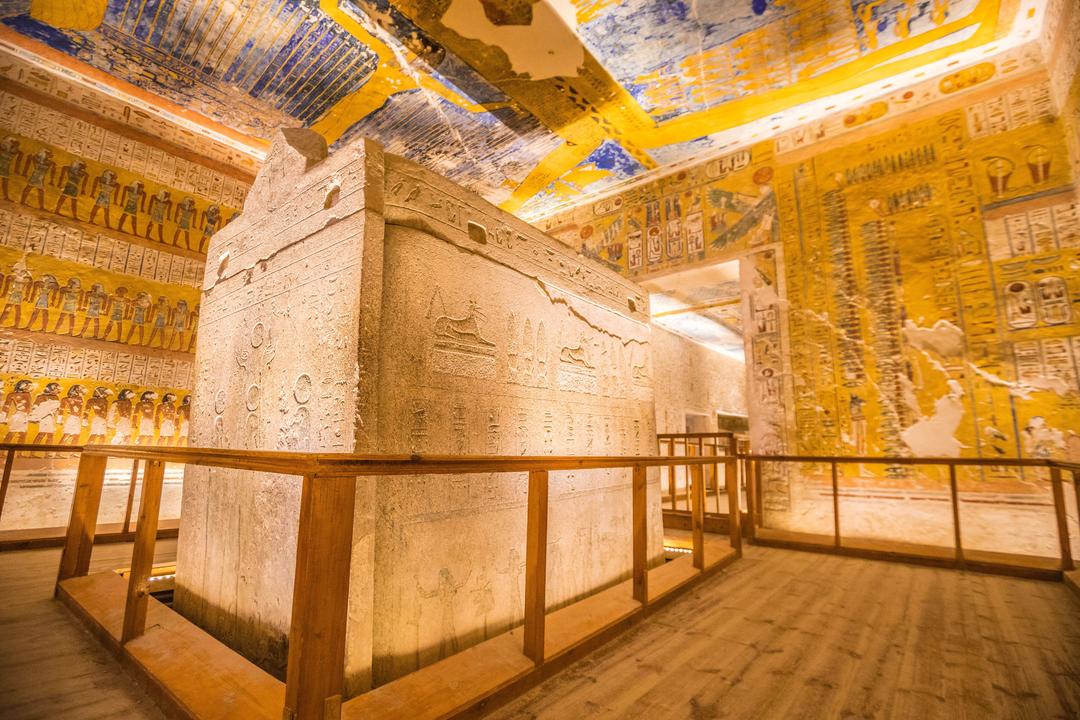
The Colossi of Memnon are two huge statues 18 meters high and weighing over 700 tons each. They depict a seated Amenhotep III (c. 14th century BCE). His hands are placed on his knees and his gaze is turned eastward toward the river and the rising sun. The original purpose of the Colossi of Memnon was to stand guard at the entrance to Amenhotep’s funerary temple, a massive cult center built during the pharaoh’s lifetime where he was honored as an incarnate god on earth before and after his departure from this world.
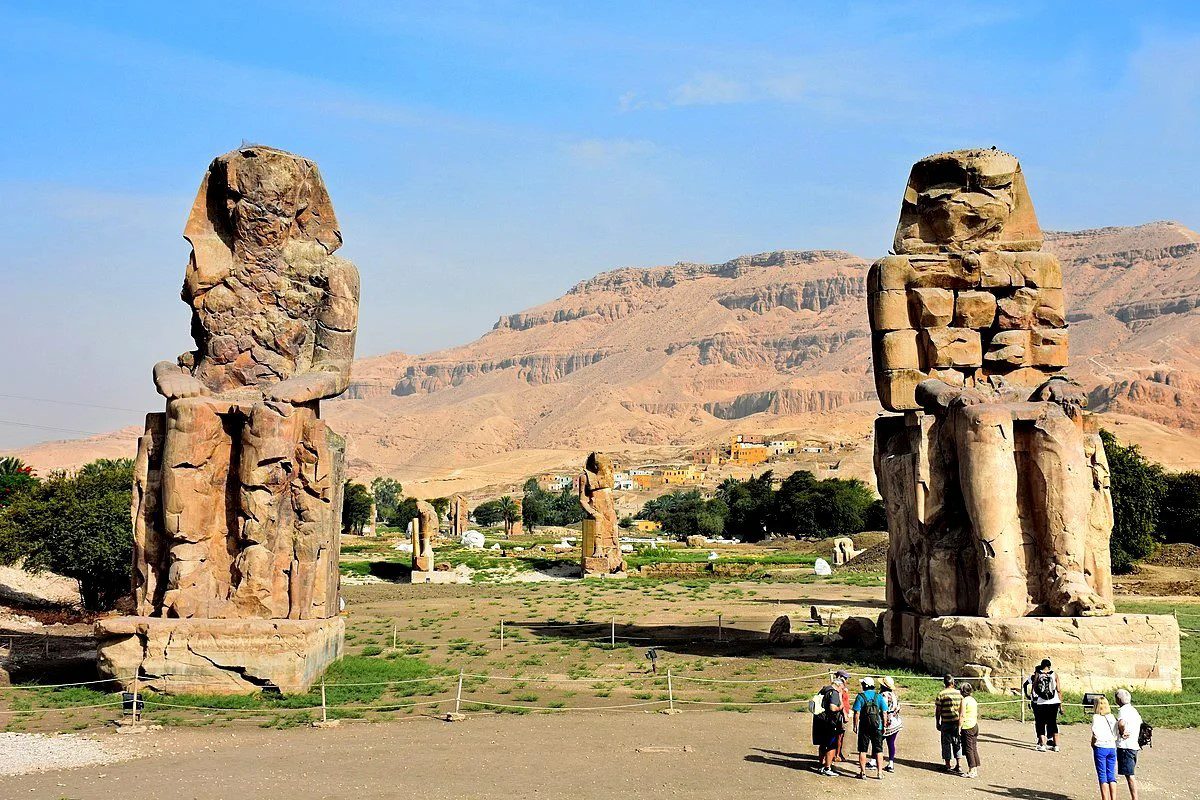
The Temple of Hatshepsut occupies one of the most important places among all the attractions in Egypt. This majestic structure sits at the base of the sheer cliffs of Deir el-Bahri. The importance of Hatshepsut’s temple can be judged from the way it was called in ancient times, Jeser Jeseru, or the Most Sacred of the Sacred.
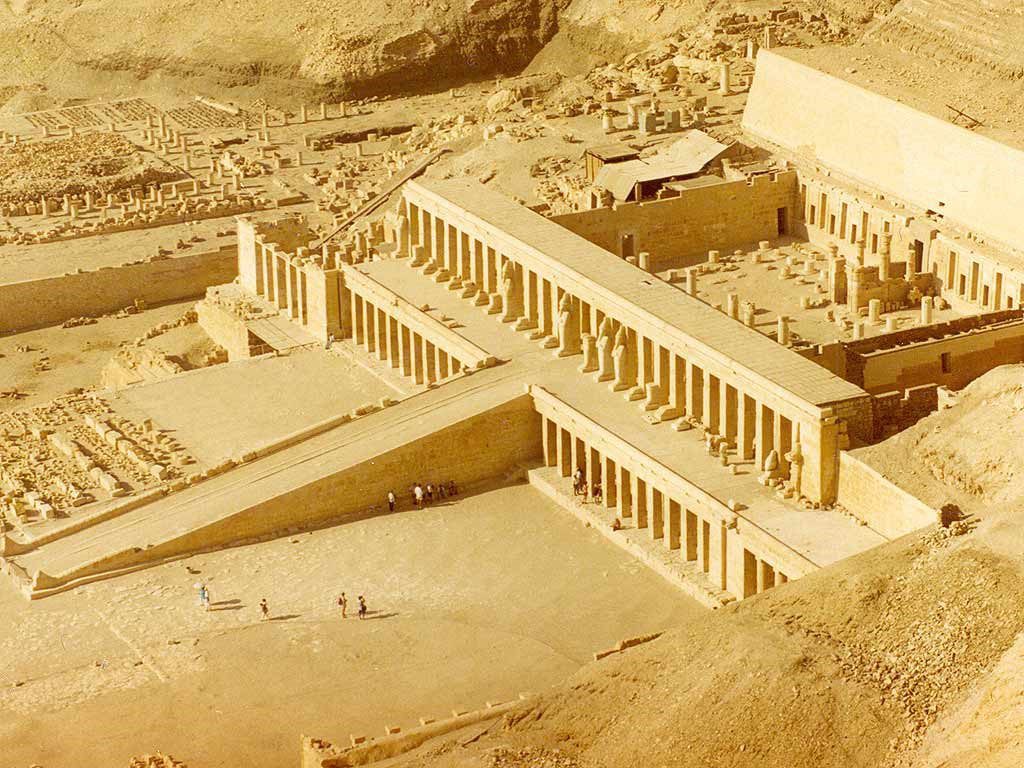
After lunch, we return to the hotel in Luxor.
Overnight in Luxor in a 4* hotel.
Day 07 (January 8): Transfer to Aswan. Temple of Horus. The temple of the initiation of deliverance from fear at Kom-Ombo.
After breakfast check out of the hotel and drive to Aswan. On the way we visit the Temple of Horus . The Temple of Horus in Edfu is one of the best preserved temples in Egypt, and it is also considered the second largest temple after the Karnak complex. In the temple, you can feel the magic of ancient alchemy.
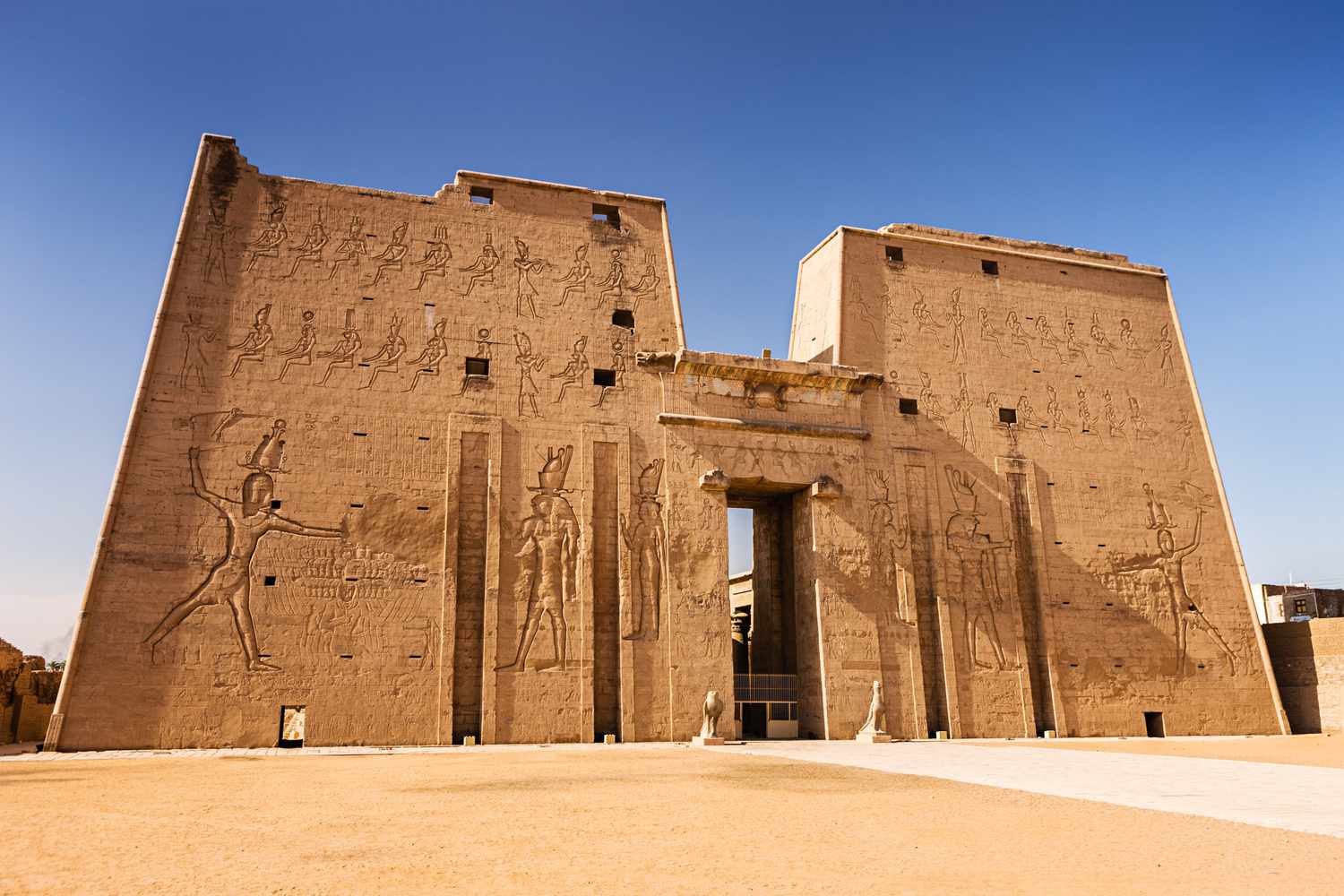
We will stop at Kom-Ombo temple, one of the ancient Egyptian temples of initiation. Since ancient times, Egyptian priests have been studying the mysteries of the human mind, trying to unravel the riddle of nature or god. Thousands of years ago, priests developed techniques to put people into an altered state of consciousness. At the Kom-Ombo temple, initiations were held to get rid of fear. As Drunvalo Melchizedek writes in The Ancient Secret of the Flower of Life, “in the pools of Kom-Ombo, initiations with crocodiles took place, neophytes swimming with crocodiles to overcome fear.”
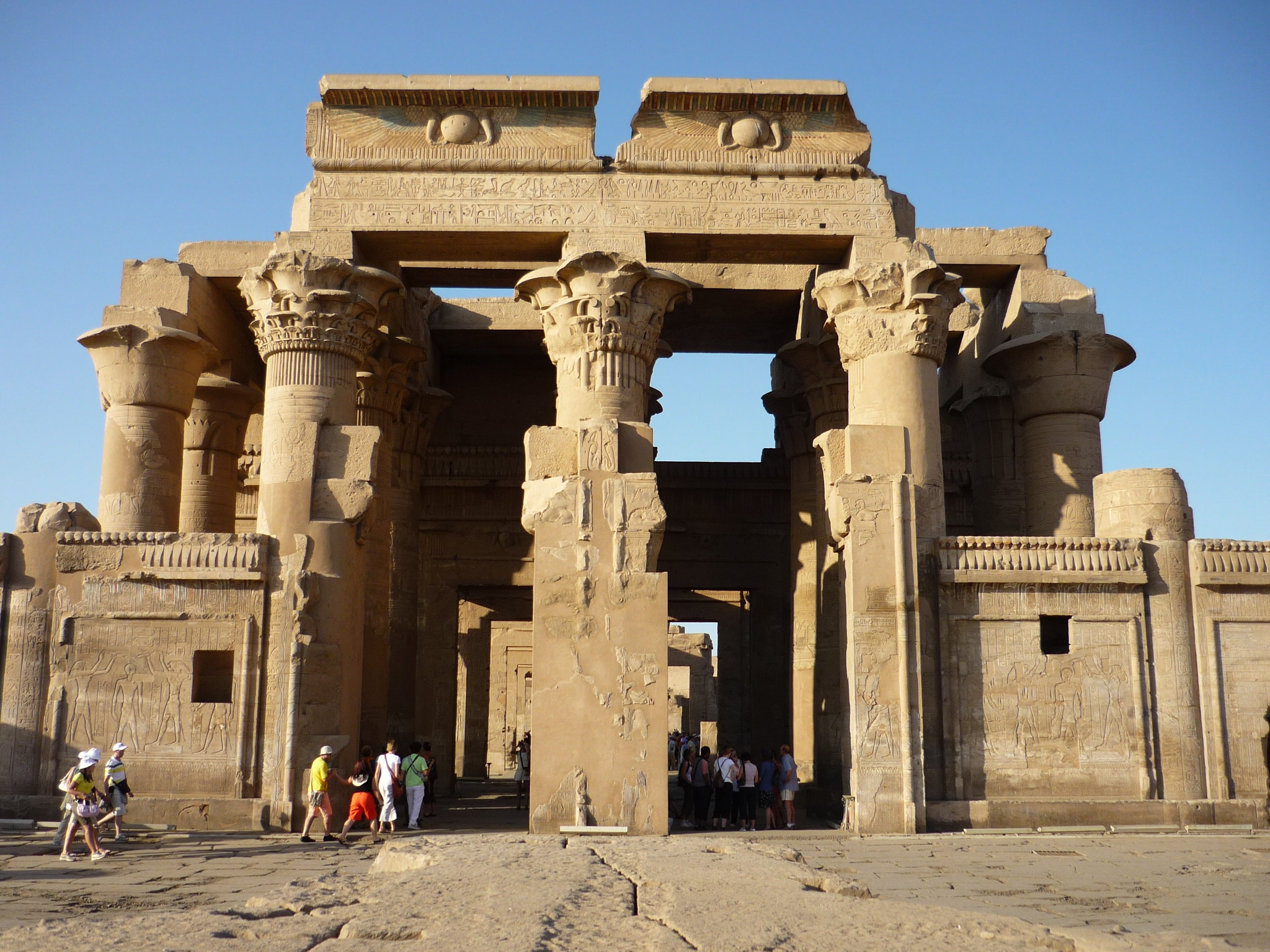
In the evening we arrive in Aswan and check into the hotel.

Overnight in Aswan in a 4* hotel.
Day 08 (January 9): Temple of the Goddess Isis. Abu Simbel.
Early in the morning (at 6.00) we leave for the Temple of the Goddess Isis on the island of Philae. According to Egyptian beliefs, Philae was the place of eternal sleep of the god Osiris and a forbidden place for any human activity. Only the priests performed sacred rituals here on 360 tables with gifts to Osiris.
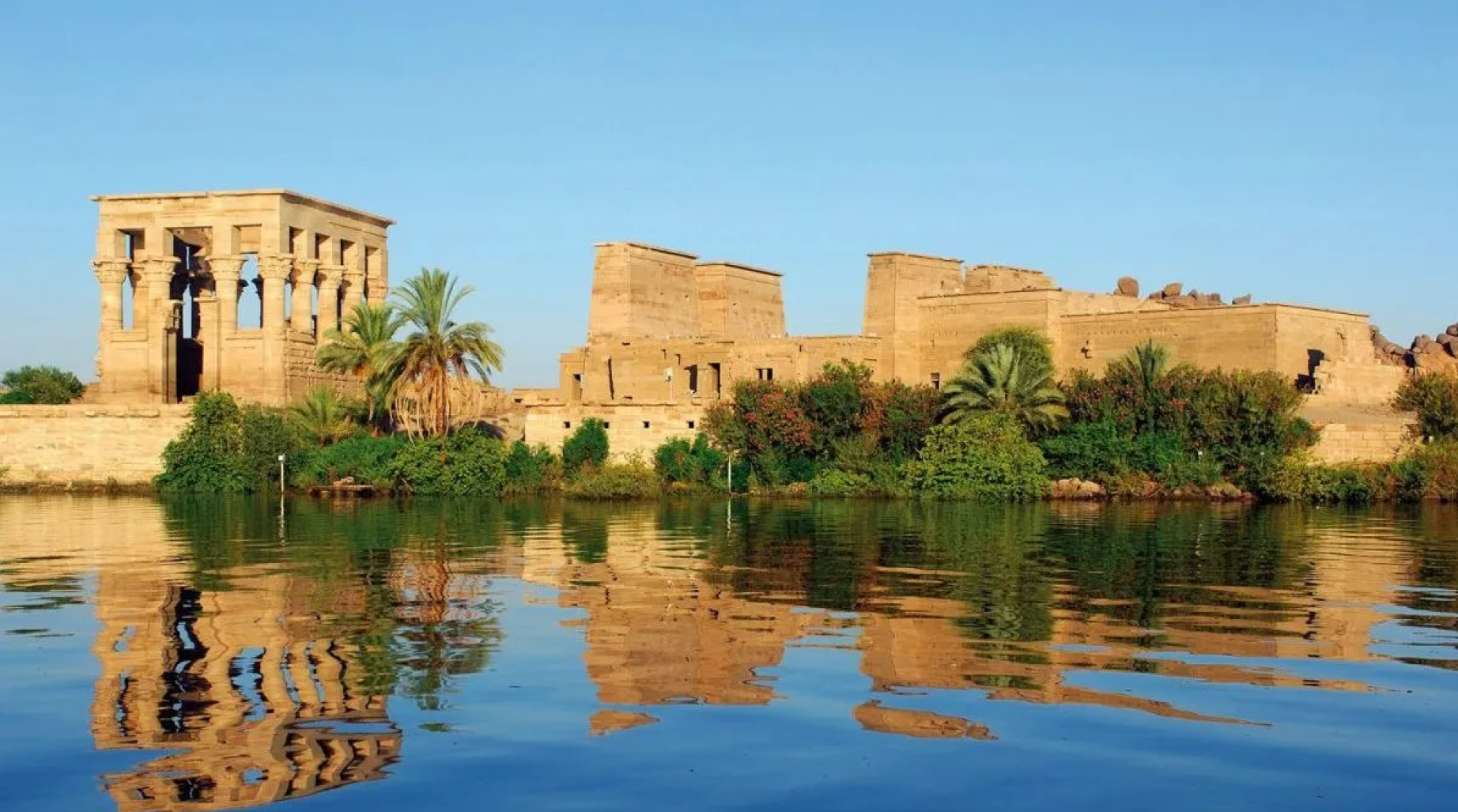
We visit Abu Simbel, a rock on the west bank of the Nile in which two ancient Egyptian temples were carved during the reign of Ramses II. One of the temples, the larger one, was erected in honor of Pharaoh Ramses II himself and dedicated to the gods Amon, Ra-Khorakhti and Ptah; the other, the smaller one, was erected in honor of Ramses II’s first wife, Queen Nefertari Merenmut, and dedicated to the goddess Hathor.
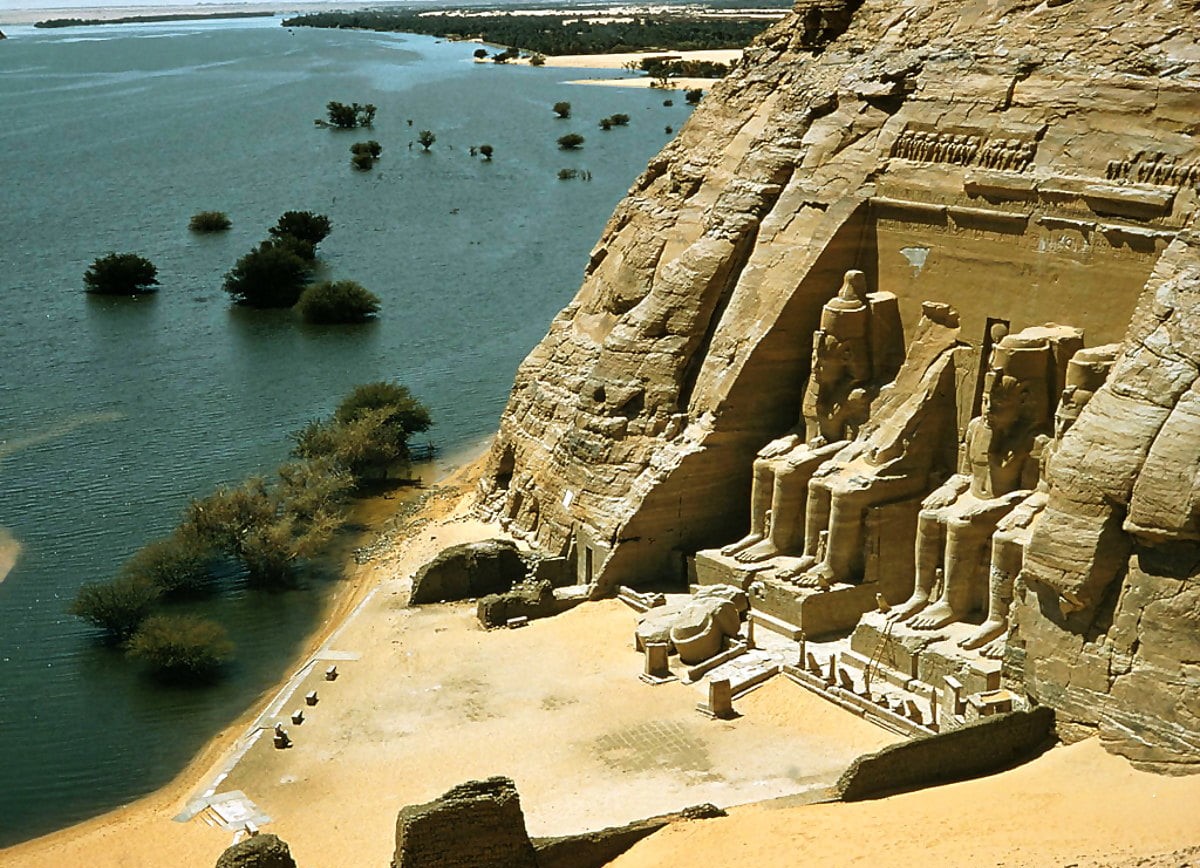
Overnight in Aswan in a 4* hotel.
Day 09 (January 10): Fly from Aswan to Cairo.
Departure in the morning from Aswan to Cairo and onward home.
.
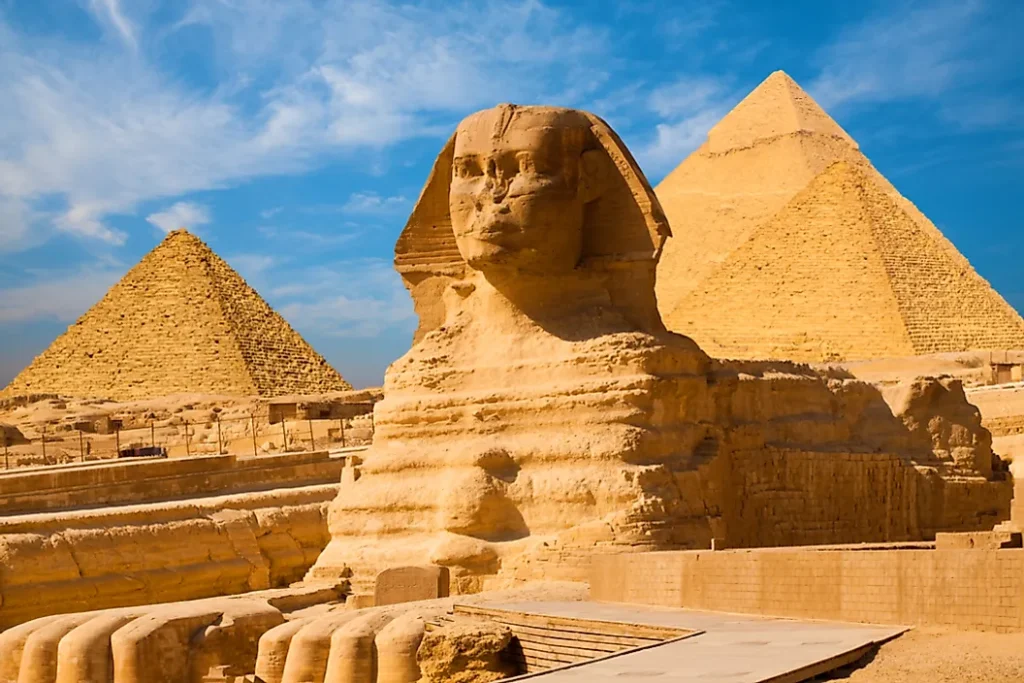



















 Overnight in Luxor in a 4* hotel.
Overnight in Luxor in a 4* hotel.










